Review: Lightcarbon LCR 017D
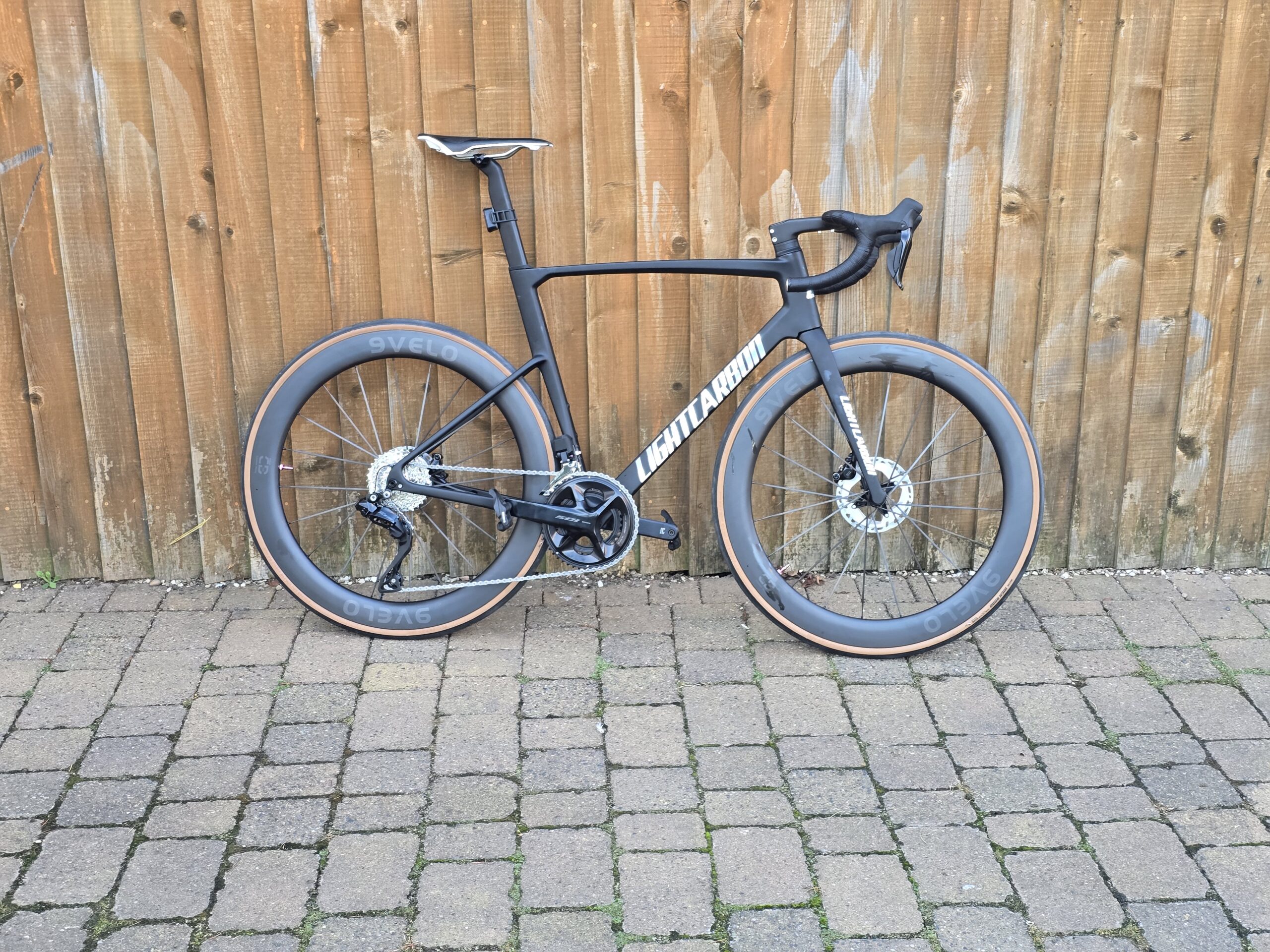
The story kicks off at Eurobike 2024, in the buzzing halls of Hall 9. I was casually browsing, on the lookout for a new road bike, but with no real intention of making a purchase—until I struck up a conversation with the owner and sales rep of LightCarbon.
What followed was an unfiltered discussion on quality control and the harsh reality that many Western brands—essentially LightCarbon’s own clients—often settle for mediocre equipment.
Read more about that eye-opening chat here
This conversation led me to purchase a new LightCarbon frame that checked every box on my list at the Z3 level. In short, every component was crafted to the highest quality standards they offer. Below is a breakdown of the criteria I was looking for and how LightCarbon’s offerings matched up. (Note: This was put together quickly and may not apply to all suppliers).
| Criteria | Z11 | Z7 | Z3 |
|---|---|---|---|
| Frame Material (A) | Low Modulus Carbon, fibreglass mix, bladder internals | Standard Modulus Carbon, sometimes fibreglass mix in the fork, bladder internals | Hi Mod carbon, Foam (EPS) internals, Mandrel aligned BB and Headset Landings |
| Frame construction (B) | Frame perforations are not reinforced. Standard strength bonding adhesive between joints | Unreinforced perforations, low gauge rivnuts. 2 fixture front mech hanger. Standard strength bonding adhesive between joints | Reinforced perforations, higher gauge rivnuts. 4 fixture front mech hanger. Higher strength bonding adhesive between joints |
| Geometry Checks (C) | None | Every 50th frame jig checked | Every 5th Frame jig checked. BB, headset, seat post, fork, stays checked on every frame. |
| Post Manufacture (D) | No Finishing | Standard Drilling. Bottom Brackets, headset landings, brake mountings are minimally finished | 3 Stage drilling, Machined BB on Pressfit Frames. Mandrel aligned BB. Post manufacture machining on Headset, brake mounts and BB |
| Painting (E) | None | Sand, Paint, Primer, Decals, clear coat | Sand, Primer, Resand, Paint, Primer, Decals, clear coat |
| Accessories (F) | None | Standard Headset, seat post, clamp, Handlebars | Keyed handlebar/spacer kit with keyed wedge ring, higher grade bearings, Shimano Di2 battery holder, full SRAM plug set |
| Manual (G) | None | None | Full Manual |
| Packaging (H) | Foam wrapping in box | Foam wrapping in box | Mondi style bike box |
| Approximate Cost* | 1x | 2X | 4X |
3 weeks later, the frame arrived. I unpacked it and built the bike up.
Who are Lightcarbon?
LightCarbon is a bike frame company known for producing carbon fiber frames that meet international standards for performance and quality, all without the premium price tag often associated with well-known brands. The company has positioned itself as a reliable choice for OEM clients and individual cyclists who seek frames that adhere to stringent global benchmarks for strength, safety, and durability. LightCarbon’s products are designed to meet the needs of modern cyclists, incorporating features typically found in higher-end frames while maintaining compliance with recognized international standards, making them an appealing option for those who prioritize quality and value.

EPS Moulded Carbon Frame
The Lightcarbon LCR017 uses an EPS moulded carbon frame. A relatively modern advancement for bike frames.
EPS (Expanded Polystyrene) carbon frame manufacturing is an advanced process that improves the internal structure and performance of carbon fiber bicycle frames. This technique uses an EPS foam core during the carbon layup, enhancing precision and consistency compared to traditional methods like bladder molding.
The process starts with creating an EPS mandrel, a polystyrene mold shaped to match the internal geometry of the frame. This mandrel provides stable internal support during the carbon layup, ensuring a uniform and controlled application of the carbon fiber sheets. Unlike bladder molding, which can lead to internal wrinkles, uneven resin distribution, and voids, the EPS mandrel maintains a consistent shape, allowing the carbon fibers to be placed with precise alignment along key stress paths.
During the layup, carbon fiber sheets are layered around the EPS core, with each layer oriented to optimize strength, stiffness, and load distribution throughout the frame. This controlled layup minimizes resin pooling and reduces the presence of voids, which can impact frame performance. The EPS method enhances resin flow during curing, improving compaction of the fibers and producing a more uniform carbon matrix, which affects the tensile strength and fatigue resistance of the frame.
The curing process benefits from the EPS core by allowing better pressure distribution within the mold, resulting in a smoother and more consistent internal surface finish. A cleaner internal structure reduces excess resin, lowers the overall frame weight, and improves durability, as there are fewer imperfections that could become structural weaknesses.
After curing, the EPS core is removed, leaving an interior that is visually smooth and mechanically robust. The absence of internal wrinkles and air pockets ensures that the frame maintains its intended mechanical properties, enhancing ride quality with better vibration damping and stiffness.
Build Quality
This frame was specifically ordered to meet high-quality standards, and its superior craftsmanship is evident right from the build-up process. From the first moment of assembly, the precision of the manufacturing is clear; all components fit together seamlessly, showcasing tight tolerances and accurate alignments that are not always guaranteed, even in high-end frames.
Assembly was notably straightforward, without the usual challenges that can arise with frames that require extensive adjustments or fine-tuning. The headset and bottom bracket slid into place effortlessly, and the internal cable routing paths were clean and well-designed, allowing for easy threading of cables without the usual struggle. This precision not only made the build faster but also reduced the risk of damaging components during assembly, as there was no need to force-fit parts or make adjustments that could affect the integrity of the frame.
Crucially, the usual last-minute adjustments often required with other frames—such as the use of sandpaper, files, or other tools to fine-tune the fit of components—were completely unnecessary. The frame’s design and execution were so precise that even the smallest details, like dropout alignment and seat post fitting, were spot on, requiring no additional fettling. This is particularly impressive given that minor misalignments in these areas can lead to frustrating issues like misaligned wheels or creaking noises during rides.
The attention to detail in the manufacturing process is evident in every aspect of the frame. Key contact points, such as the bottom bracket shell, head tube, and dropout areas, were perfectly finished and required no further refinement, ensuring a solid and secure fit for all components. The carbon fibre layup and finish were smooth, with no rough edges or inconsistencies that would typically need correction.
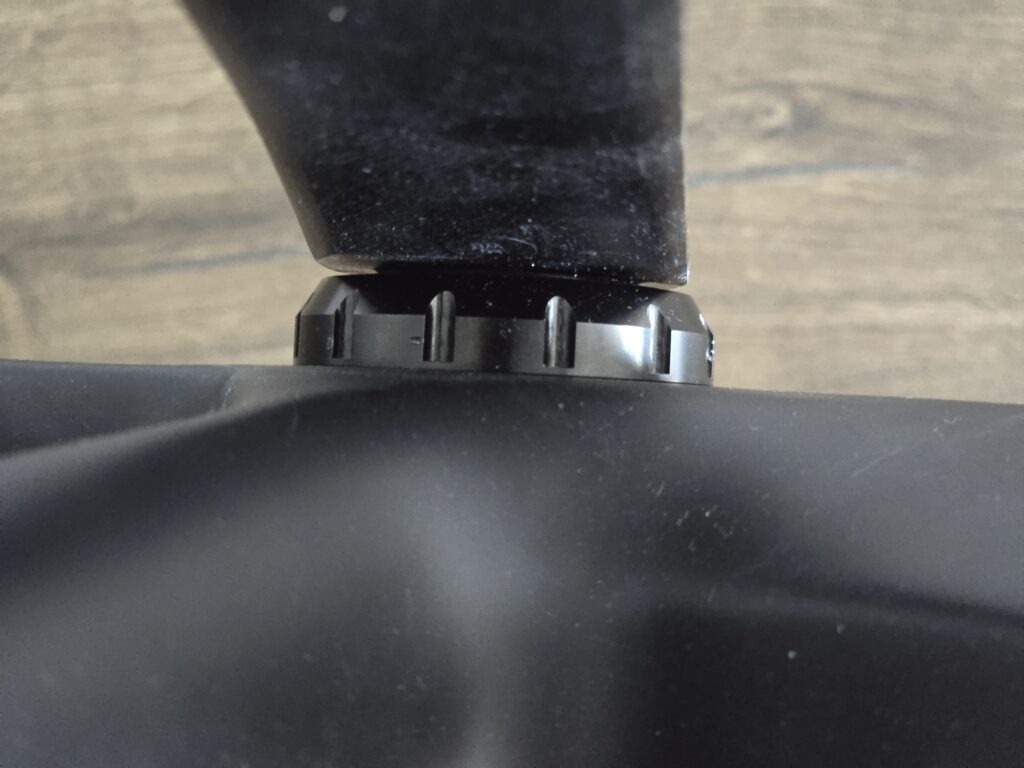
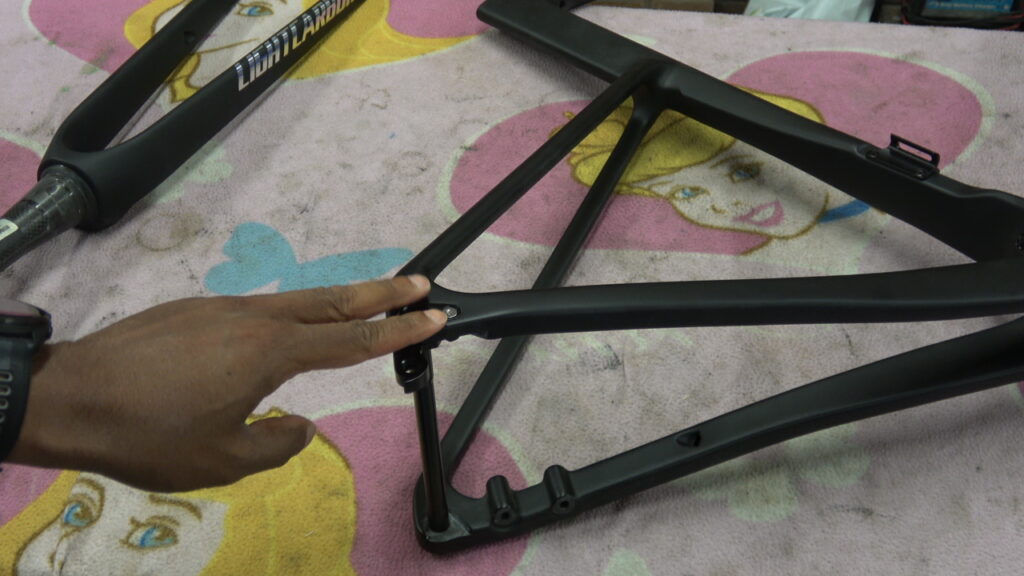
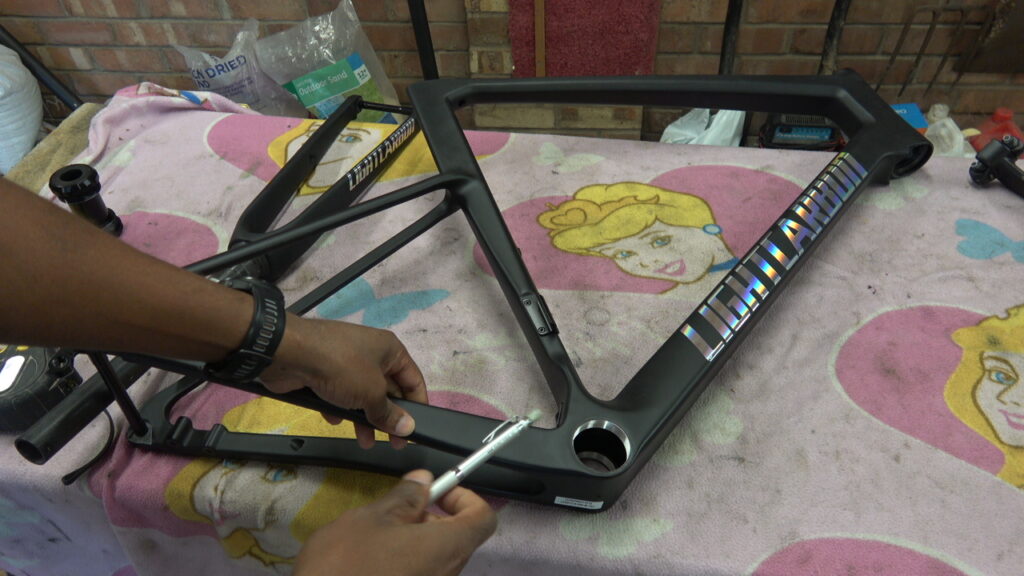
Fork
The fork was precisely engineered, with a perfectly round steerer tube that facilitated the straightforward routing of the front brake hose. This roundness is not just a minor detail; it significantly simplifies the installation process, eliminating the common frustrations associated with threading hoses through tight or irregularly shaped steerer tubes. The clean internal surface ensured that the brake hose moved smoothly through the fork without the need for excessive bending or force, enhancing both the aesthetics and functionality of the overall build.
My frameset also included an integrated handlebar and stem system, specifically designed for concealed cable routing. This setup allows the brake hoses and shift cables to run invisibly from the handlebars through the stem and directly into the frame, creating a sleek, uncluttered appearance that is both modern and aerodynamically efficient. The engineering behind this system is impressive, as it balances aesthetic appeal with practical performance benefits, including reduced drag and a cleaner, more organized cockpit.
The headset design incorporates oversized bearings at both the top and bottom, which provides enhanced durability and a smoother steering feel, especially under load. These larger bearings are particularly advantageous in managing the additional forces exerted by the hidden cable routing system, ensuring reliable performance over time. The hoses are routed through the compression ring, allowing them to pass seamlessly into the frame without creating tight bends or kinks that could affect braking or shifting performance.
The integration continues with a keyed stem and spacer set, which is designed to align perfectly with the handlebars. This keyed system ensures that the spacers and stem rotate in unison with the handlebars, preventing unwanted movement and maintaining the optimal routing path for cables and hoses. This thoughtful design reduces wear on the hoses, especially at critical junctions, thereby extending the lifespan of the components.
Additionally, the keyed system plays a crucial role in minimizing the risk of the dreaded “ring of death,” a common issue where non-keyed spacers or components can rotate independently, leading to unwanted friction and potential damage to the steerer tube. By ensuring that all elements move together as a single unit, this design prevents the localized stress that can compromise the structural integrity of the fork, particularly in carbon steerer tubes, which are vulnerable to such damage over time.
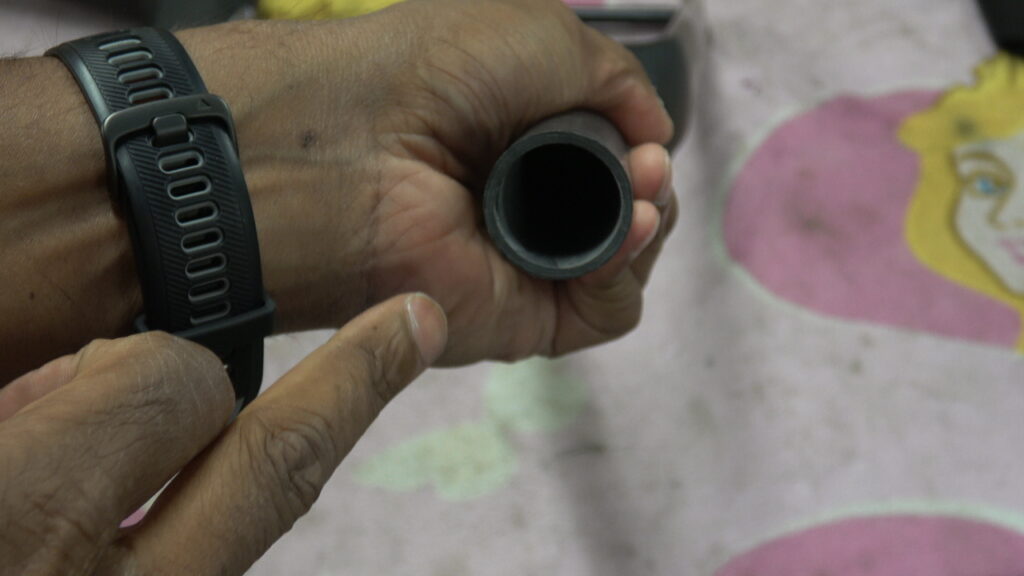
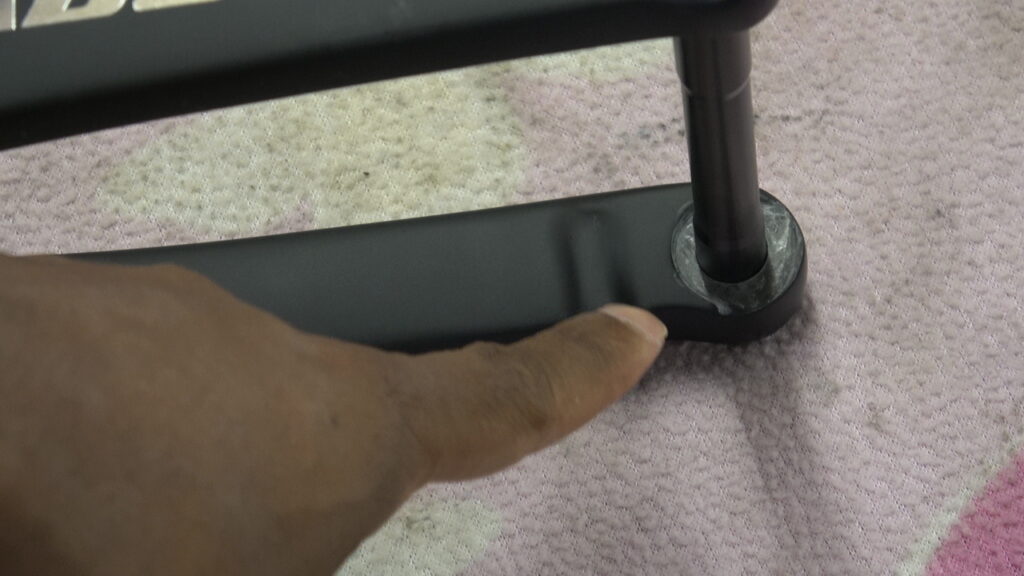
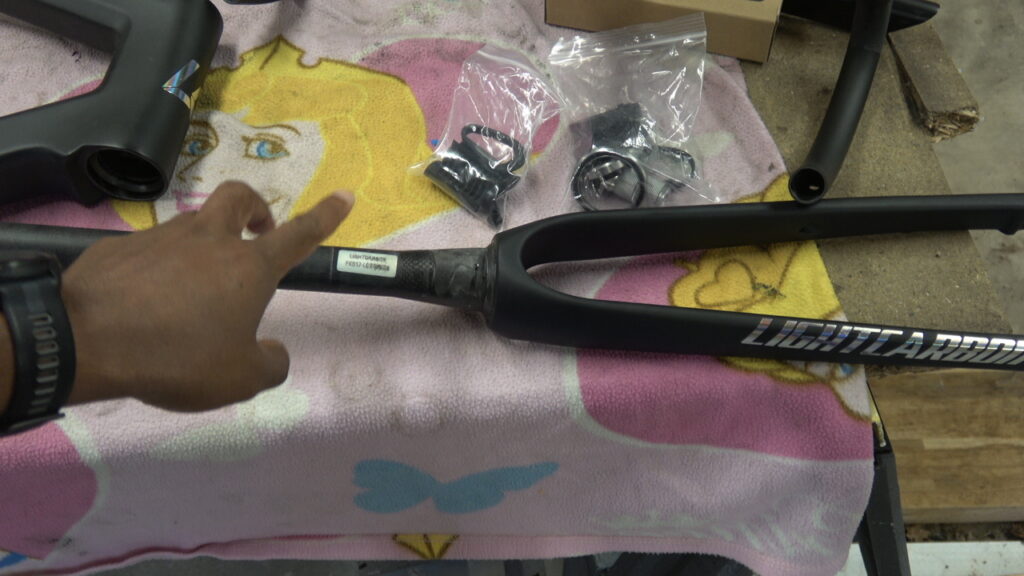
Internals
The internal structure of the frame is well-executed, with smooth internals that make the assembly process straightforward. The lack of internal roughness or irregularities ensures that threading cables, hoses, or wires through the frame is simple and efficient. This smoothness reduces friction during installation, allowing cables to be guided through without snagging or requiring extra effort.
The frame’s internal quality is highlighted by the absence of voids or resin-rich areas, which are common issues in many carbon frames. Voids can create weak points within the structure, compromising the frame’s strength and potentially leading to failure under stress. The uniformity of the carbon layup in this frame ensures consistent strength throughout, with no hidden weaknesses that could affect performance or safety. The manufacturing processes ensure that each layer of carbon is properly compacted, eliminating air pockets that might reduce structural integrity.
Transitions between different sections of the frame are smooth, reflecting precise work in the carbon layup and bonding processes. This smoothness is noticeable where the head tube meets the down tube, at the bottom bracket junction, and at the seat stays. These clean transitions contribute to the frame’s aerodynamic efficiency, as there are no abrupt changes or gaps that could disrupt airflow.
These seamless joints also help distribute stresses more evenly across the connections, rather than concentrating them at specific points. This leads to a more stable structure capable of handling the varying loads and forces encountered during riding. The accurate fit between different frame components, such as the integration of the fork steerer tube into the head tube or the bottom bracket shell into the main frame, means that the assembly process does not require additional adjustments or corrections.
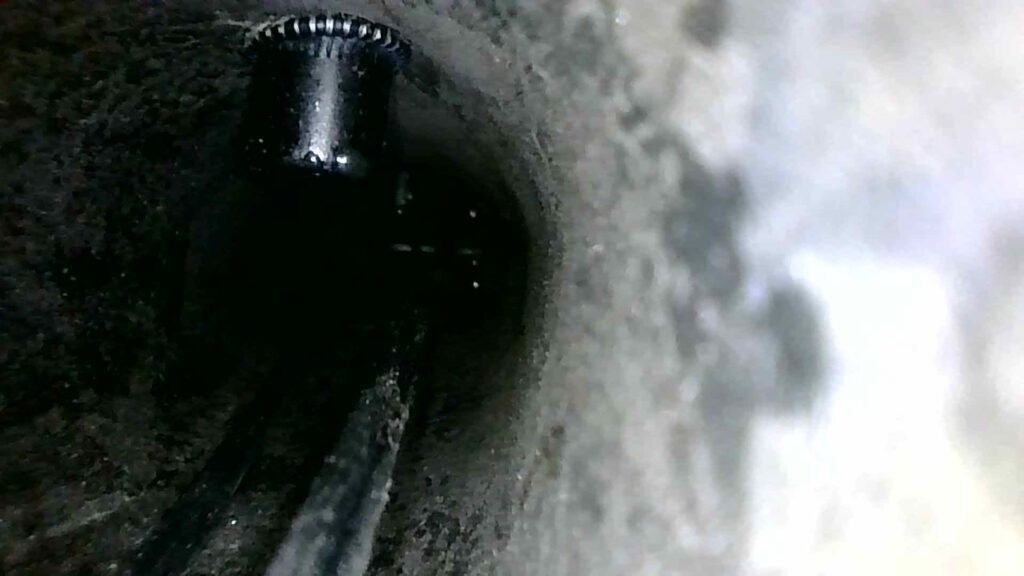
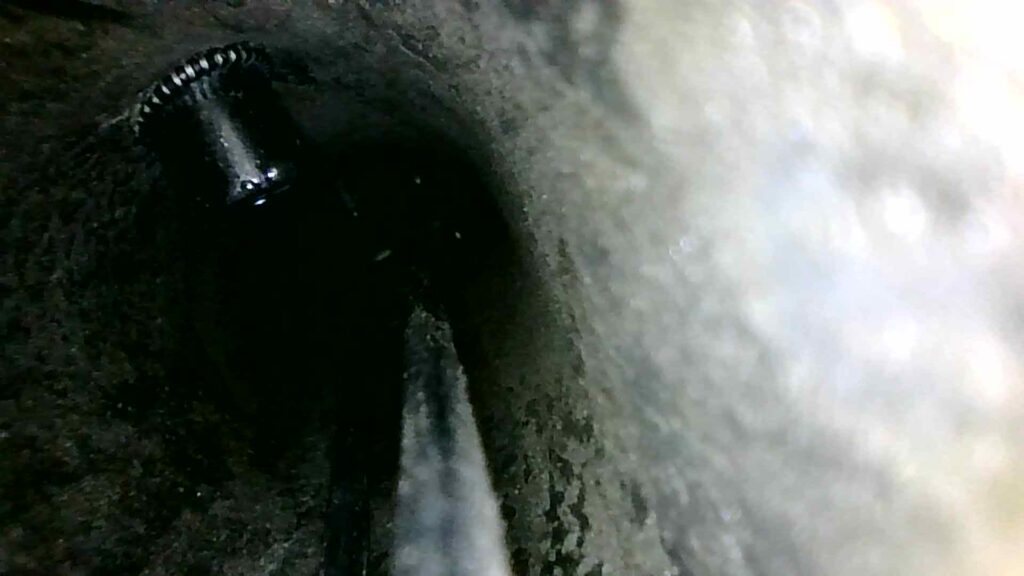
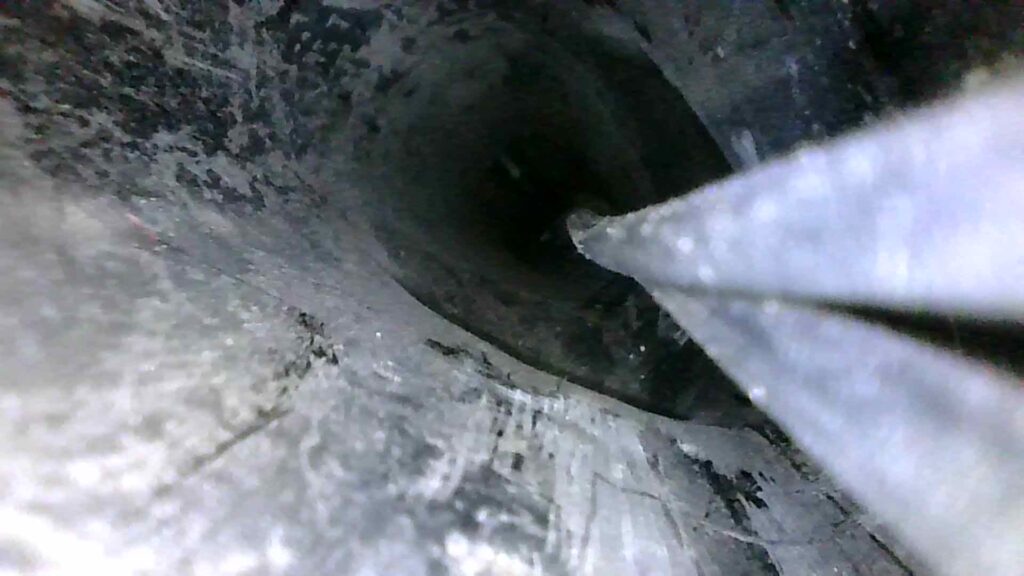
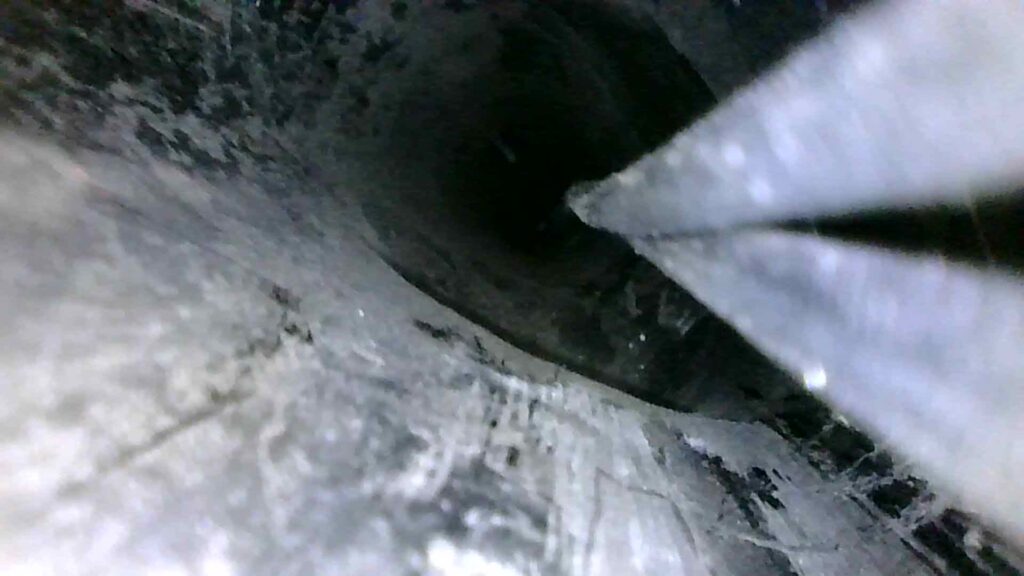
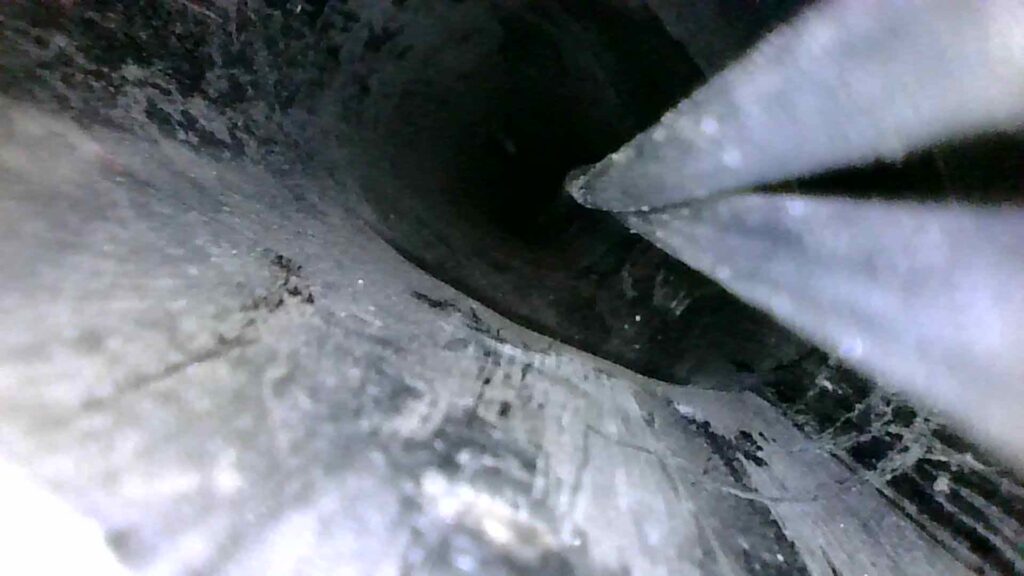
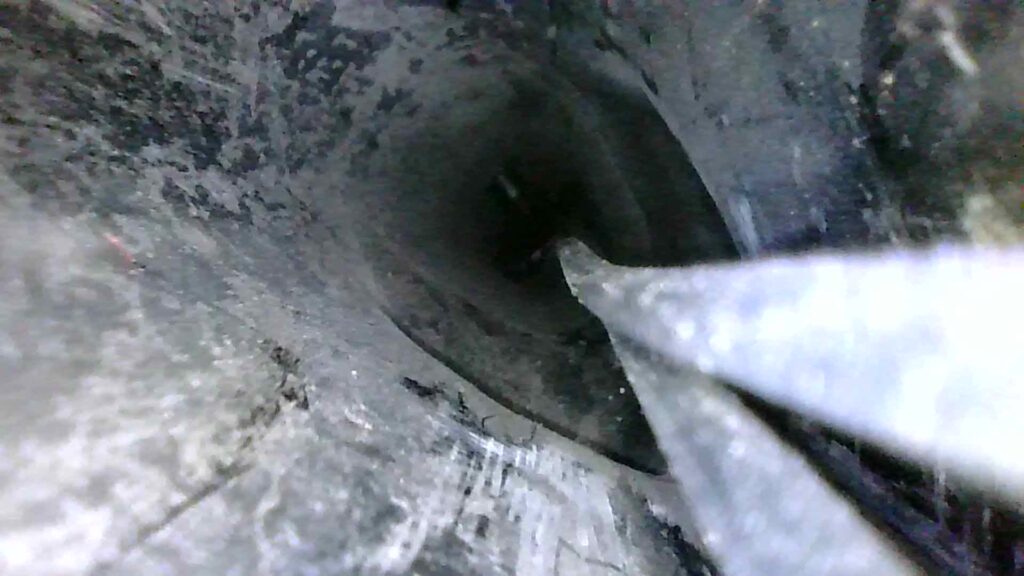
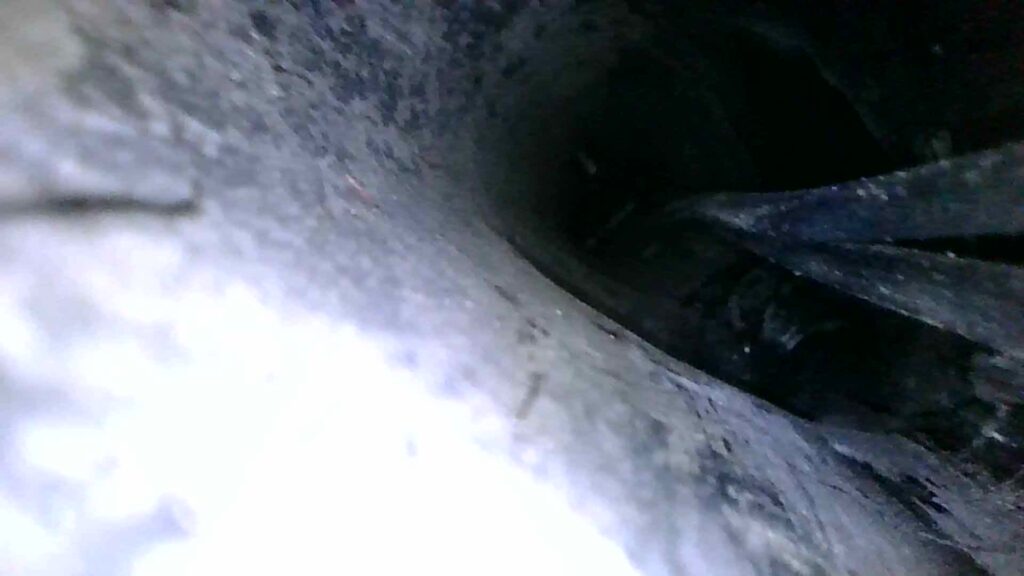
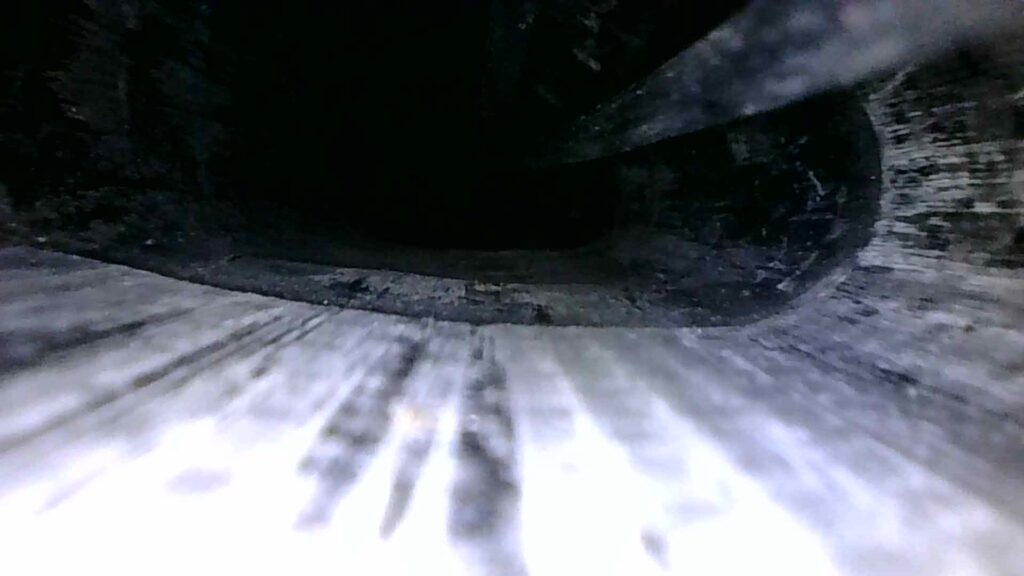
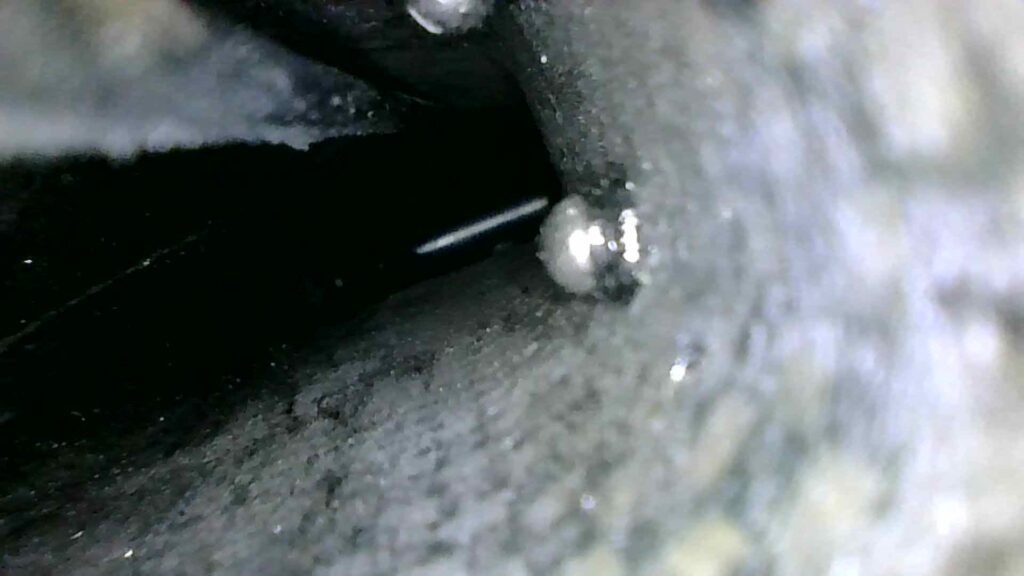
Bottom Bracket
The T47 bottom bracket standard combines the benefits of threaded engagement with the advantages of a wider diameter typically seen in press-fit systems. This bike uses the T47-68 standard, which features a 68mm wide shell with a 47mm inner diameter, allowing for deep thread engagement between the bottom bracket cups and the frame. This design provides robust support for the crankset, enhances stiffness, and minimizes the risk of unwanted movement during riding. The significant thread depth also reduces the likelihood of cross-threading or damage during installation, making it more user-friendly and reliable.
In comparison, the T47-86.5 bottom bracket uses an 86.5mm wide shell, offering potential benefits like wider bearing spacing, which can improve power transfer and reduce strain on bearings. However, the increased shell width results in shallower tool engagement, making it more prone to cross-threading, misalignment, and potential damage from improper tool use.
Both T47-68 and T47-86.5 undergo post-manufacture machining to refine shell alignment and thread precision, but the T47-68’s narrower shell makes this process more difficult. The Lightcarbon’s T47-68’s alignment to 0.02mm concentricity ensures smooth rotation and reduces bearing wear
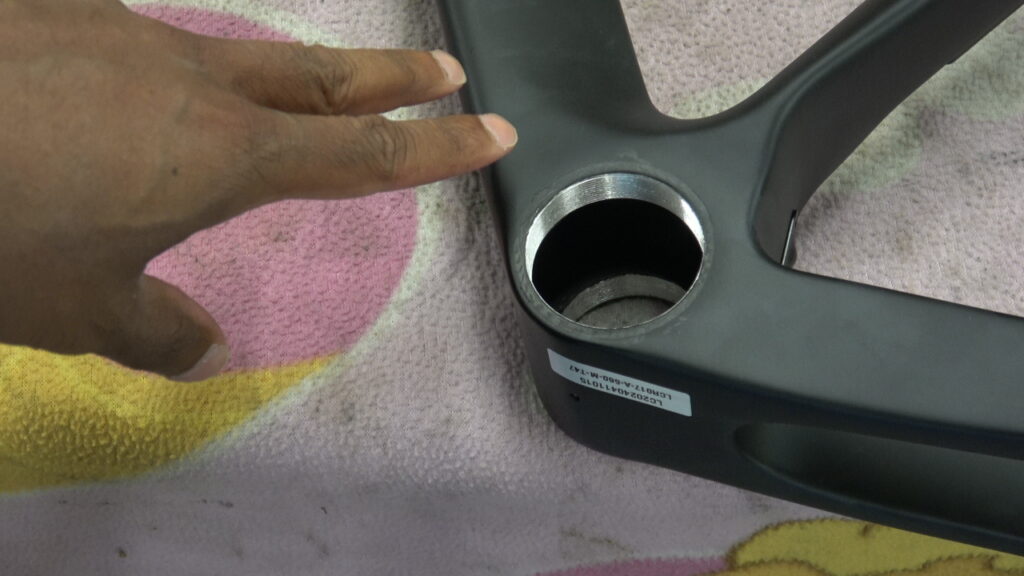
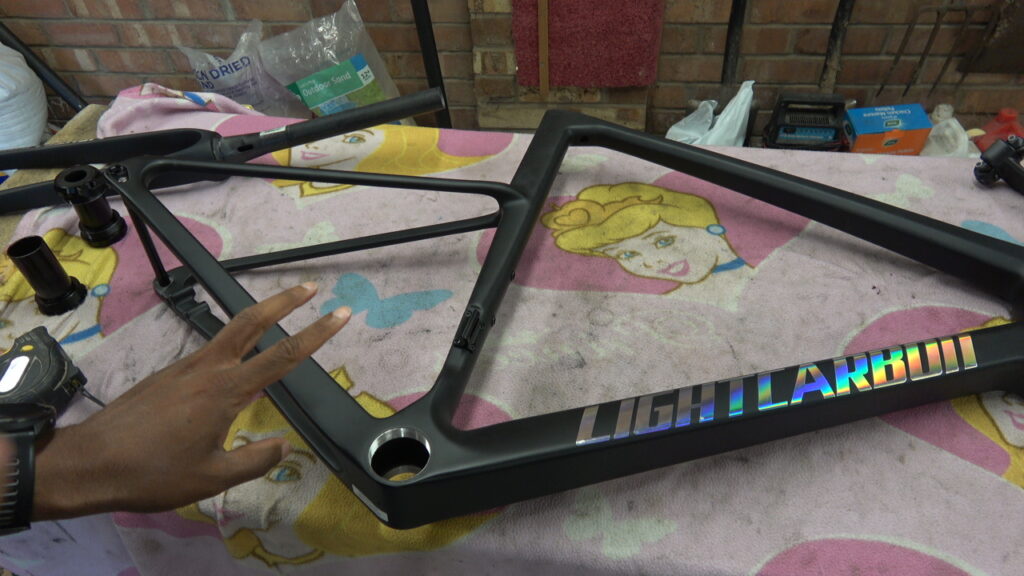
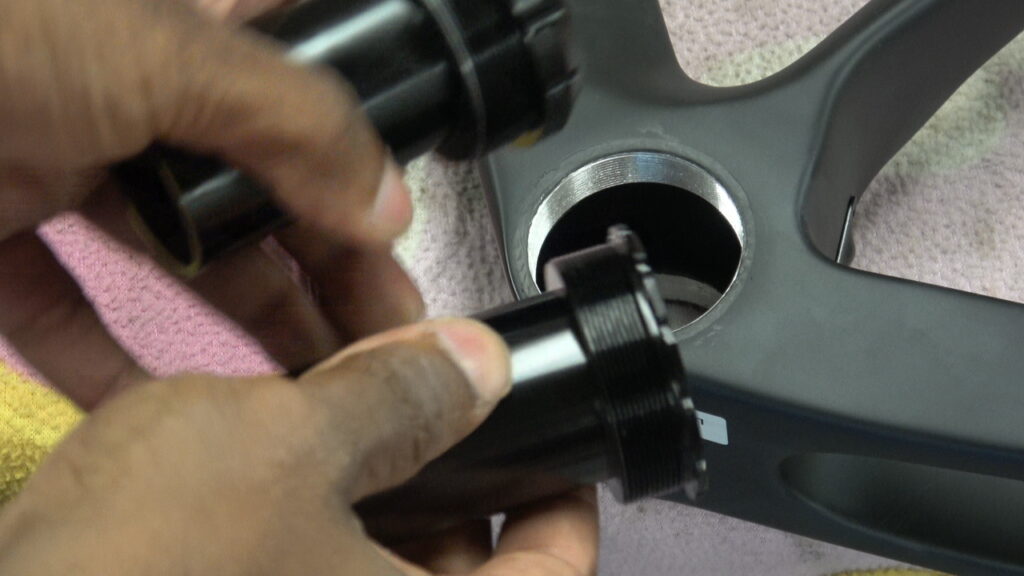
Handlebars
The handlebars feature internal cable routing, which keeps the brake hoses and shift cables hidden, creating a cleaner and more streamlined cockpit. The internal surfaces are smooth, which makes threading cables straightforward without any snagging or need for adjustments. This design not only simplifies the setup but also helps protect the cables from external wear and tear. Available in various widths and stem lengths, these handlebars offer flexibility in fitting, allowing riders to choose a configuration that suits their riding style and position.
An integrated Garmin mount is included, providing a convenient spot to attach your cycling computer directly to the bars. This keeps the setup neat, without needing additional clamps or mounts cluttering the cockpit. The mount holds the device securely, keeping it easily visible while you ride. Overall, the combination of internal routing and integrated mounting points makes these handlebars a practical choice for those looking to keep their bike setup clean and functional.
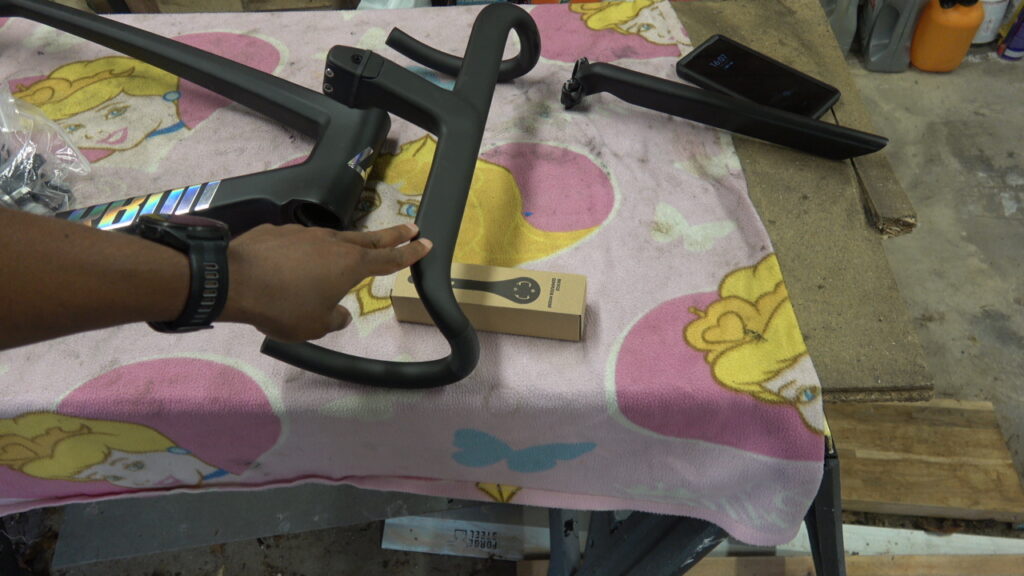
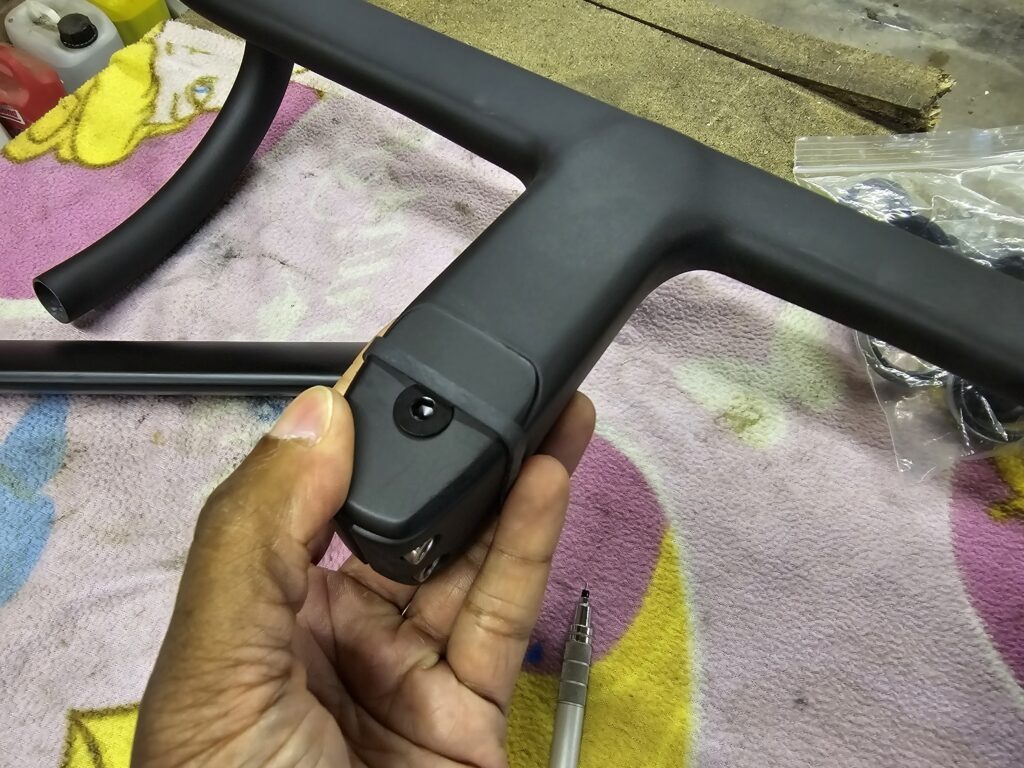
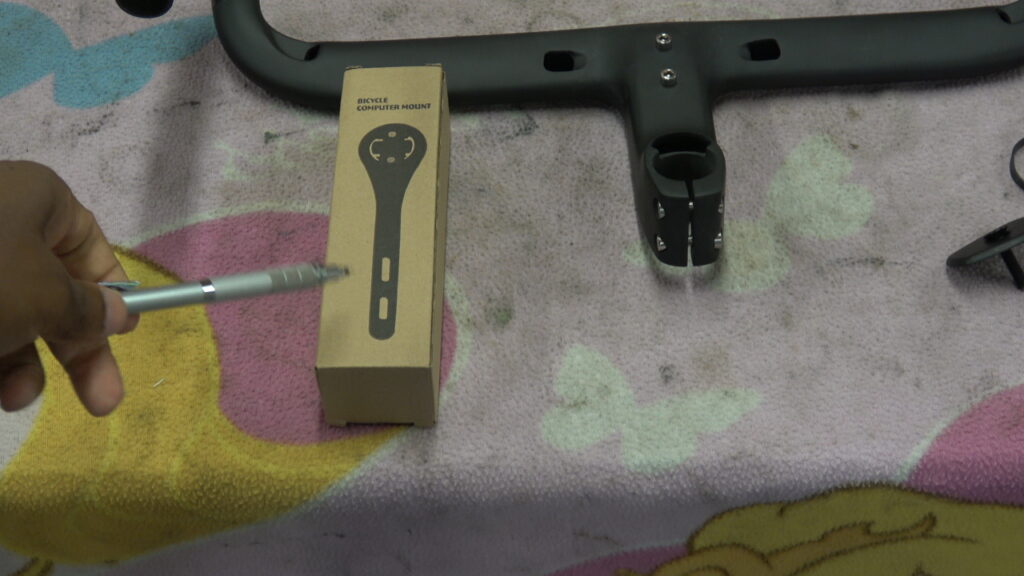
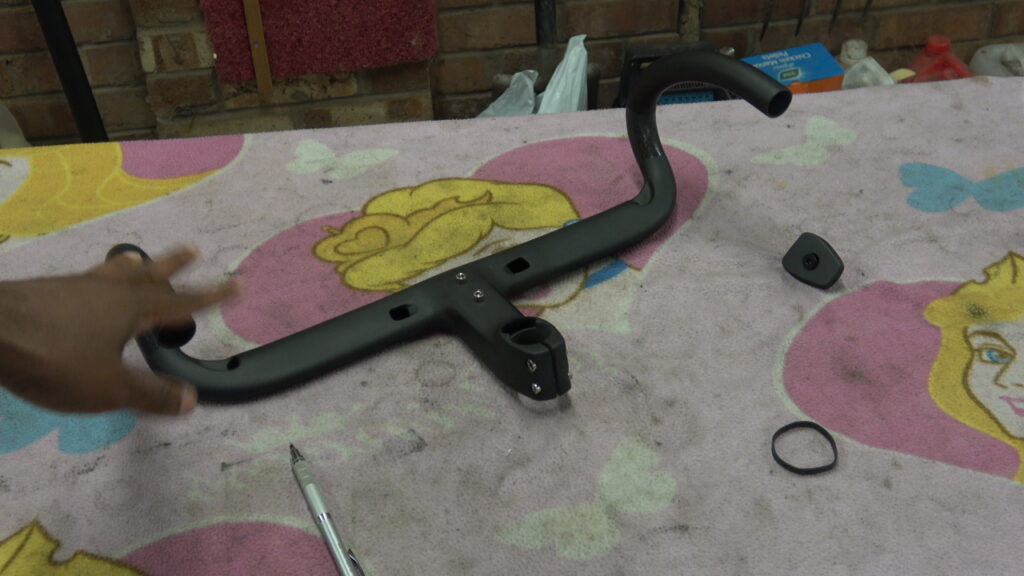
Ancillaries
The frame includes all the necessary cable stops and bungs, making cable routing straightforward, whether you’re using mechanical, electronic, or hydraulic setups. Everything fits where it should, so you won’t need extra parts to get things organized.
It comes with an aero seat post and a Ritchey WCS-style seat clamp. The seat clamp holds the saddle securely without slipping and offers enough adjustment to get your preferred saddle angle. It’s basic, works well, and doesn’t cause any issues with the seat post.
Brake mounts are machined after manufacture, ensuring proper alignment with the brake calipers. This means the mounting surfaces are flat and precise, eliminating the usual hassle of shims or constant adjustments. You get consistent brake performance without having to mess around trying to get things straight.
The frame also includes a Di2 battery holder that fits into the seat post or designated spots, keeping the battery out of the way. Overall, the design choices are straightforward and functional, focusing on making assembly easy and avoiding unnecessary complications.
Overall
This bike is easy to recommend, especially considering the value you get when dealing directly with the OEM. By skipping the traditional brand markups, you get high-end frame technology and quality at a much lower price compared to well-known brands. The components and build quality easily match those of more expensive bikes, making it an excellent option for riders looking to get the most bang for their buck.
Dealing directly with the OEM often results in better quality control and attention to detail, and this bike is no exception. From the precision machining of bearing and brake mount locations to the well-thought-out cable routing options, the craftsmanship here is evident and often superior to what you’d find in similarly priced frames from bigger names. It’s built with practicality and function in mind, eliminating many of the common annoyances that can come with less refined frames.
As for ride quality, most riders wouldn’t be able to tell the difference between this bike and a far more expensive one. It handles well, feels solid under load, and does everything you’d expect without any fuss. The bike is largely faultless in its design and execution, making it a solid choice for anyone who wants high performance without the high price tag of a branded frame.
Photo Gallery
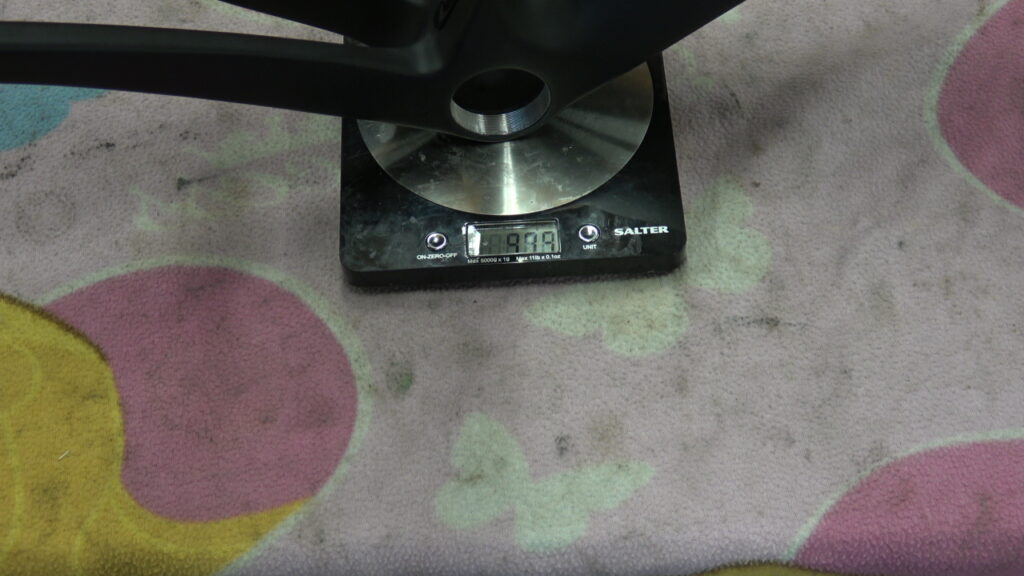

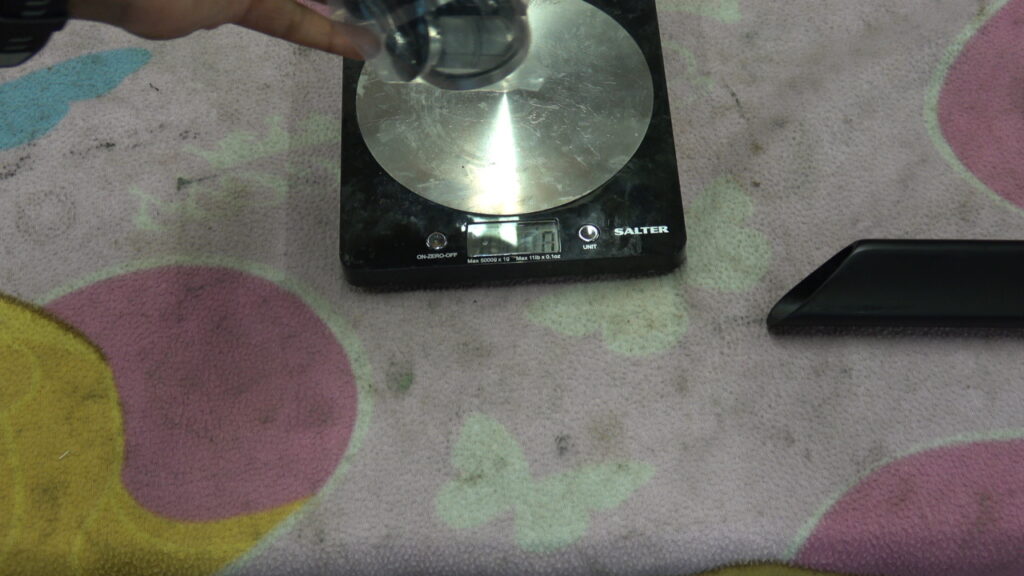
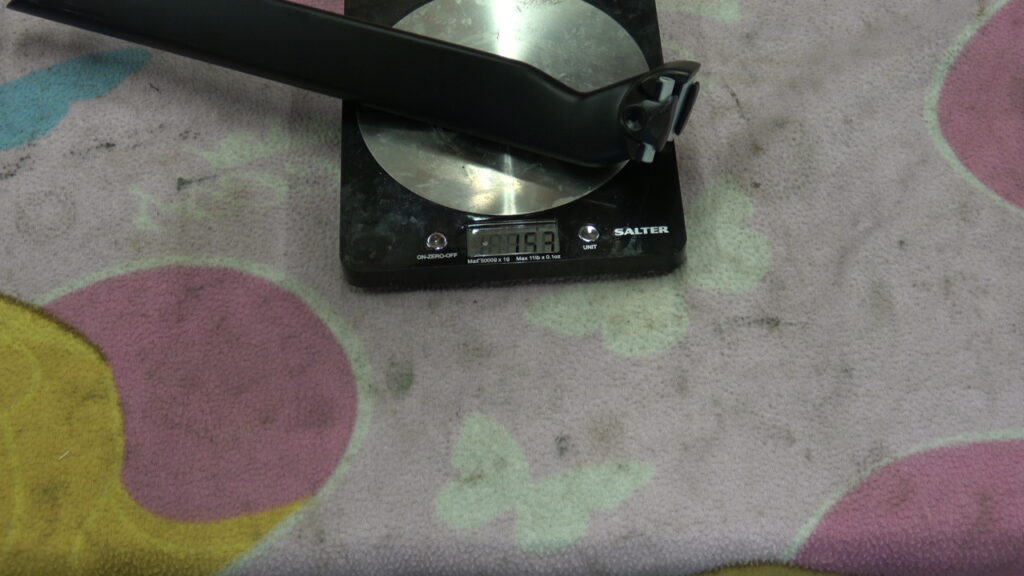
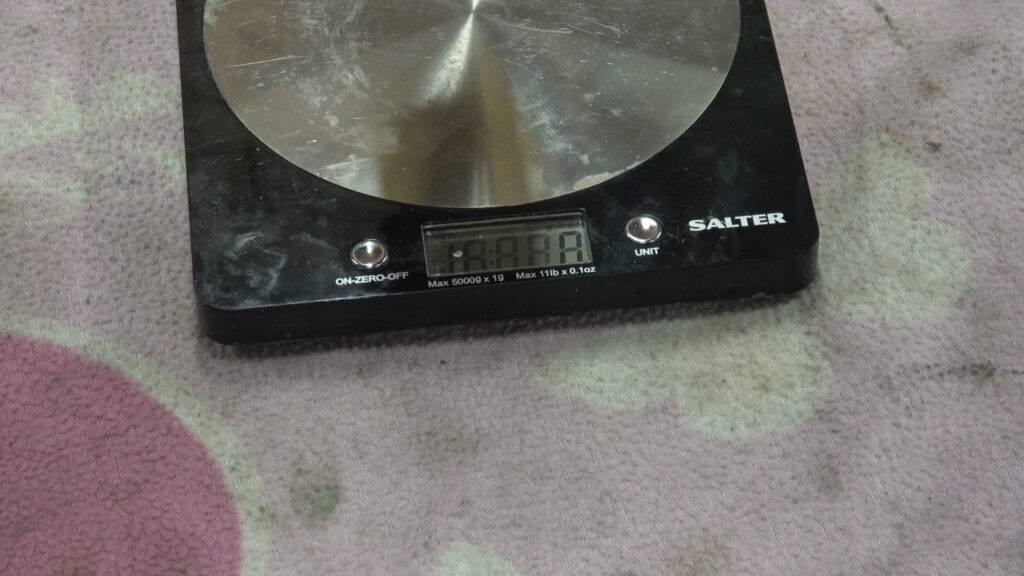


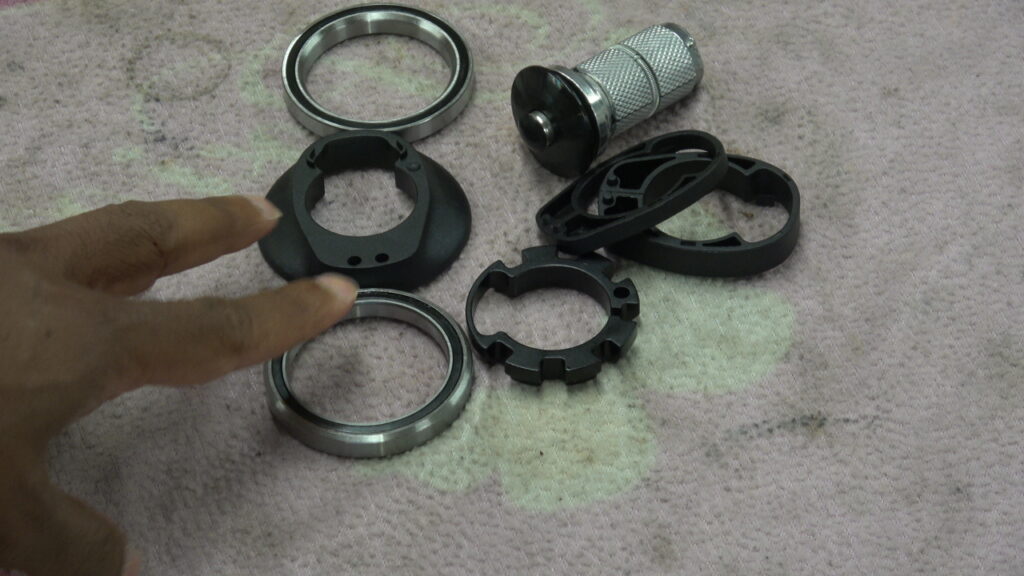
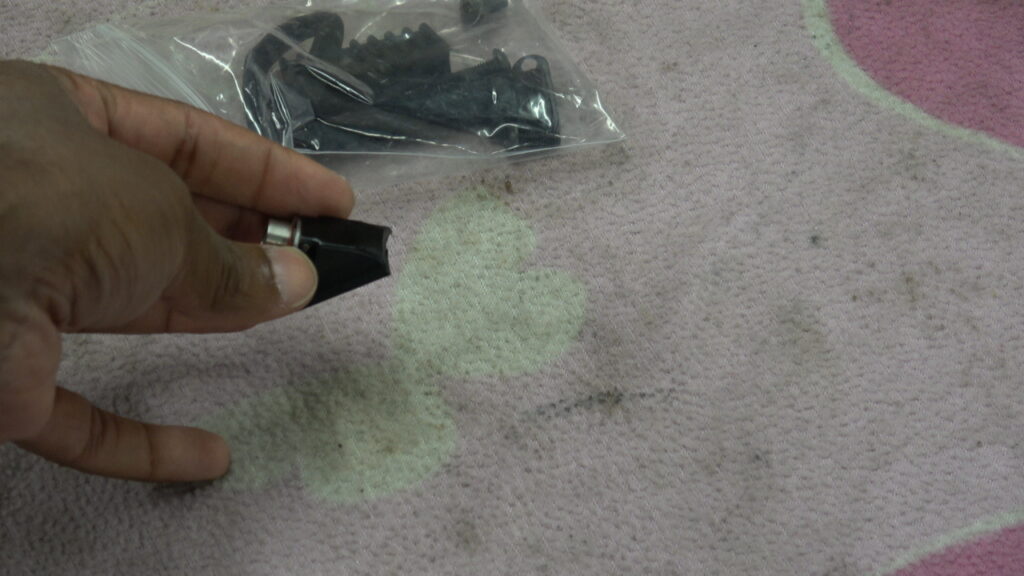
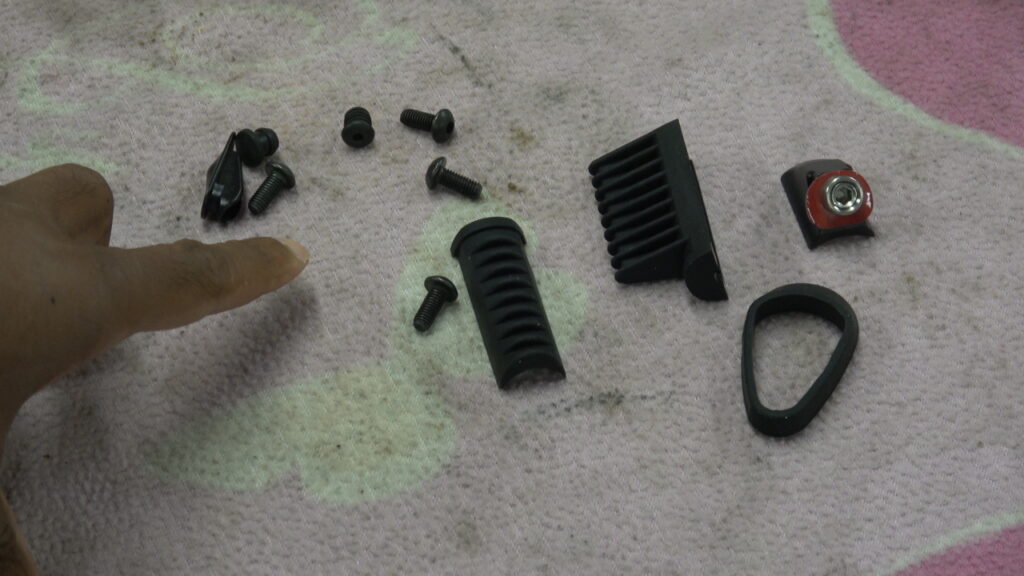
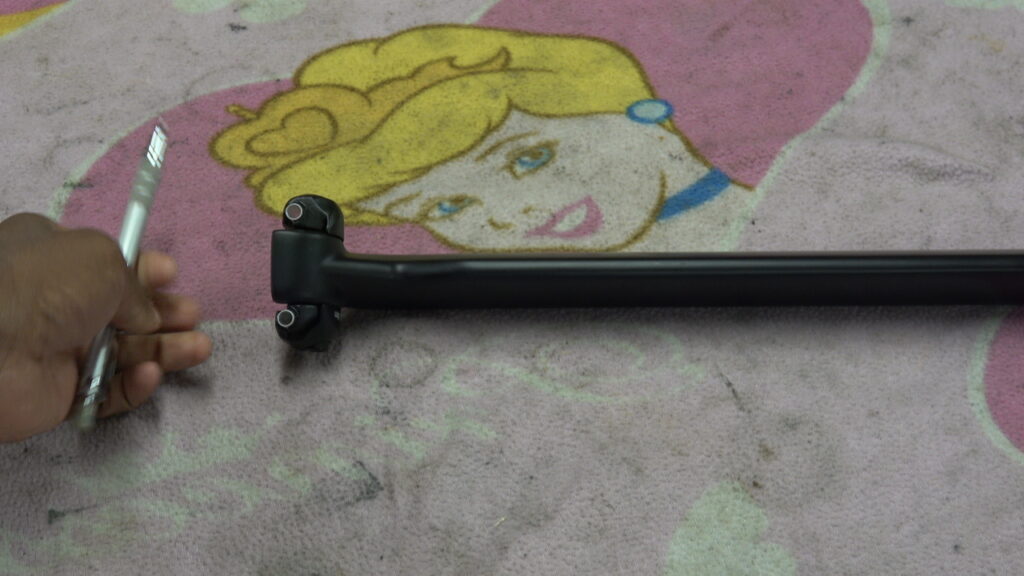




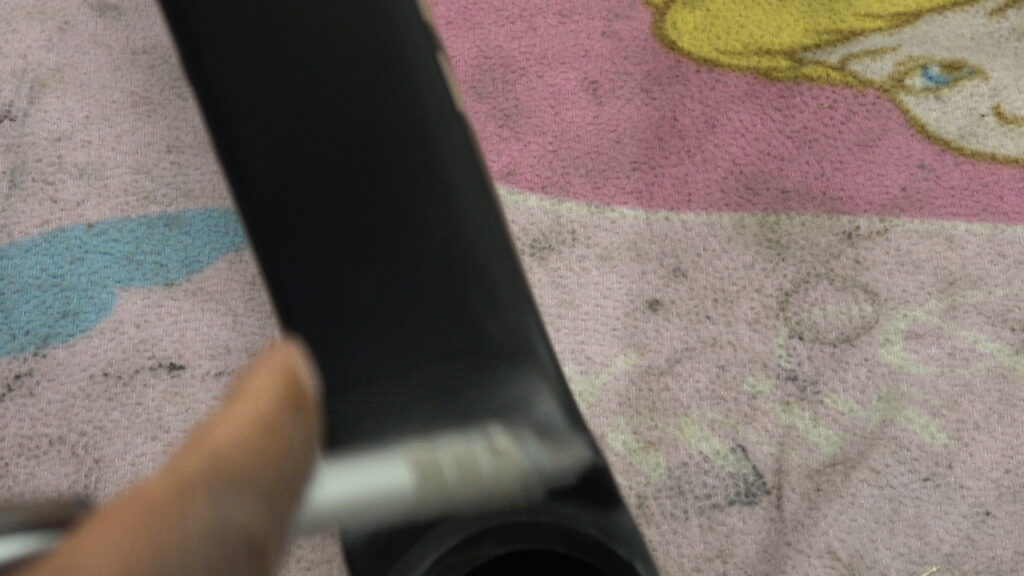
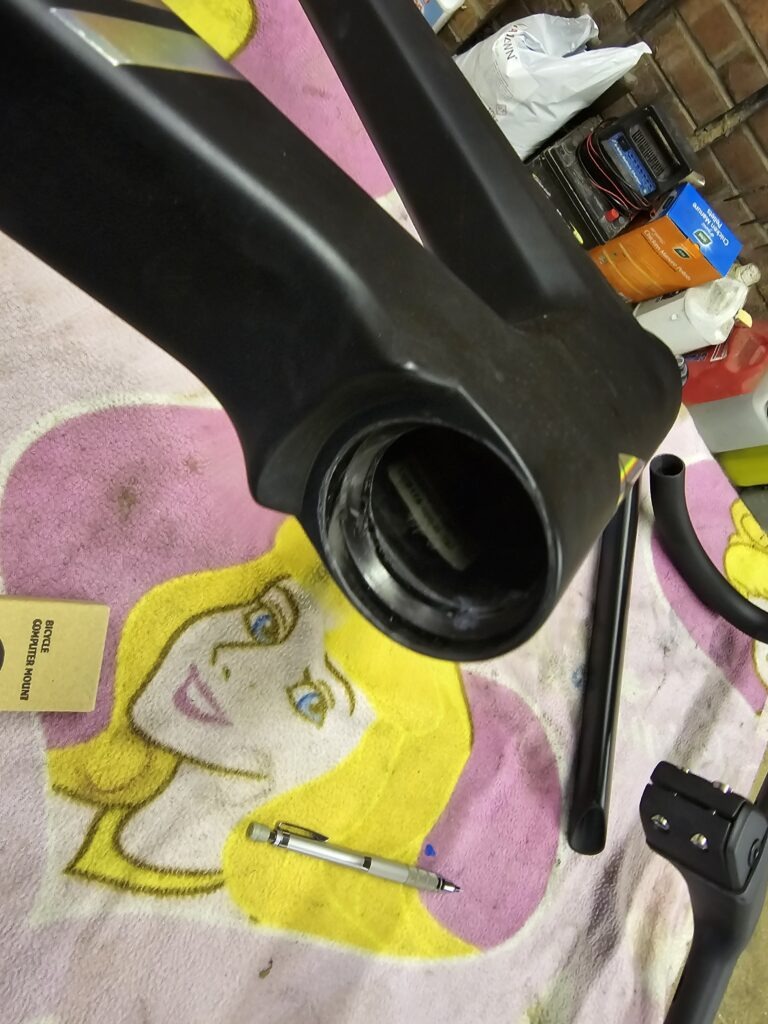

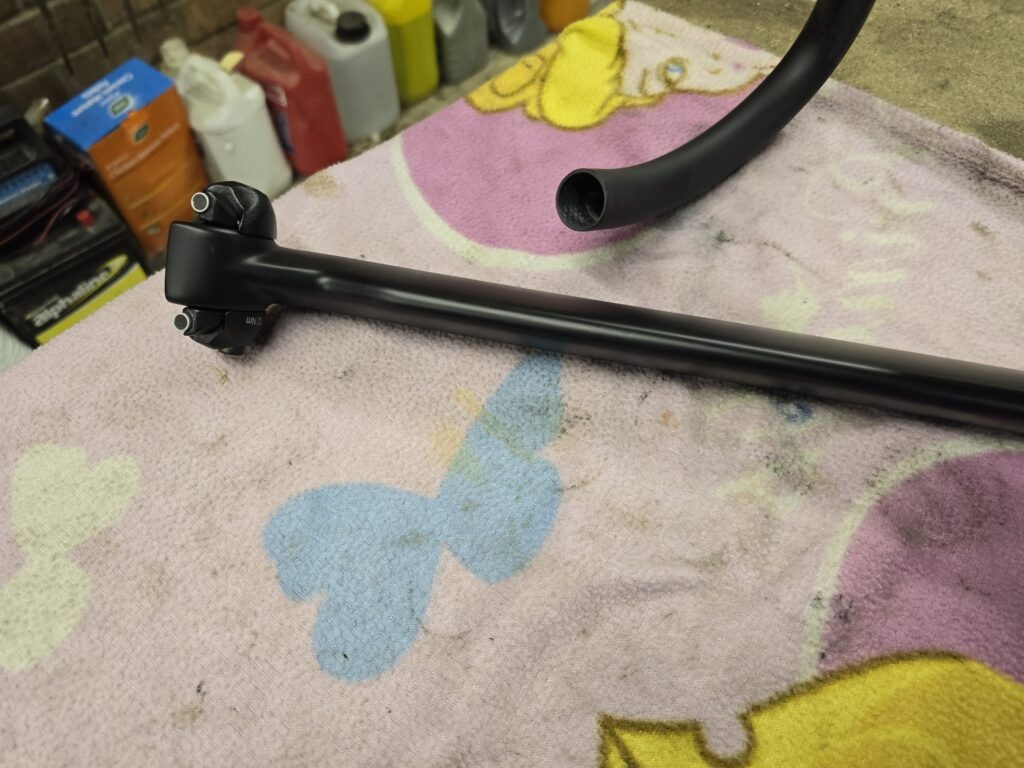
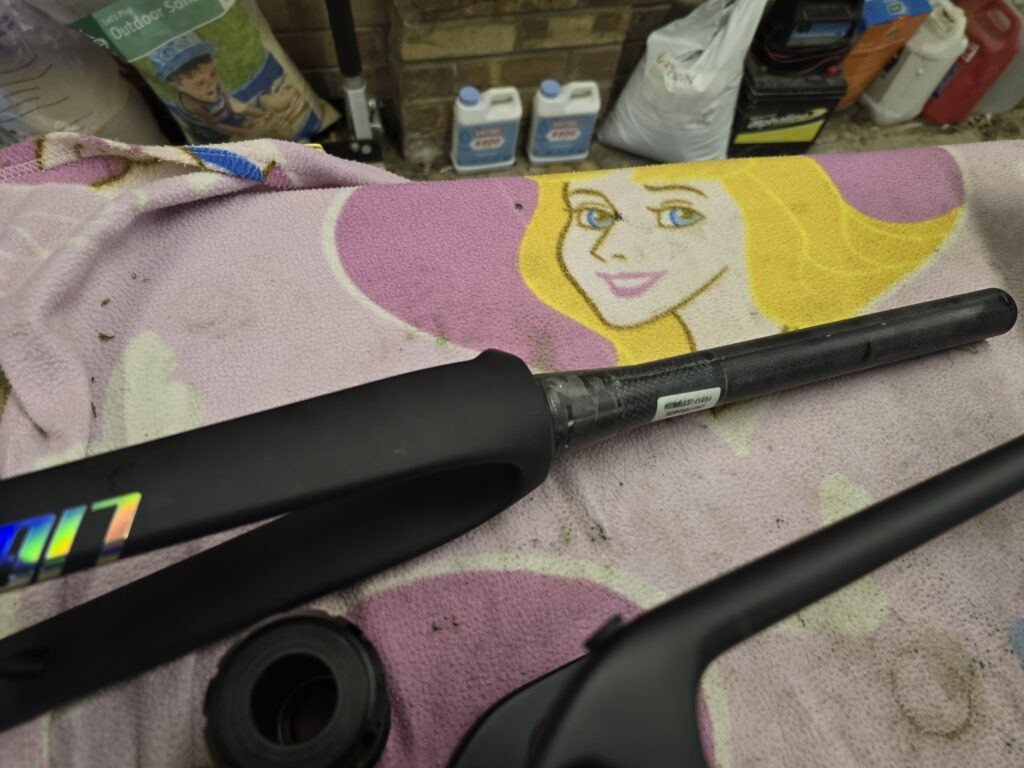
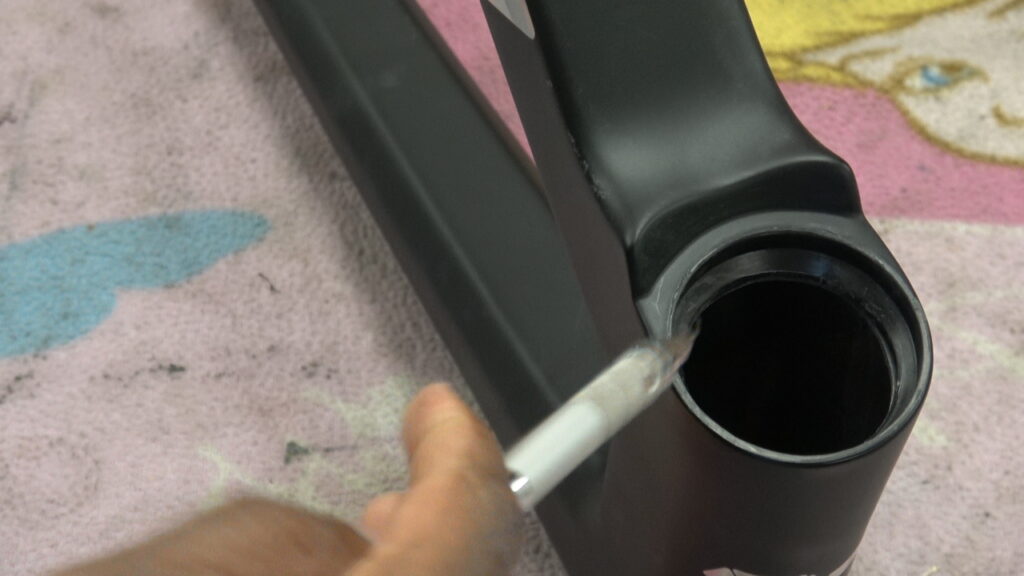
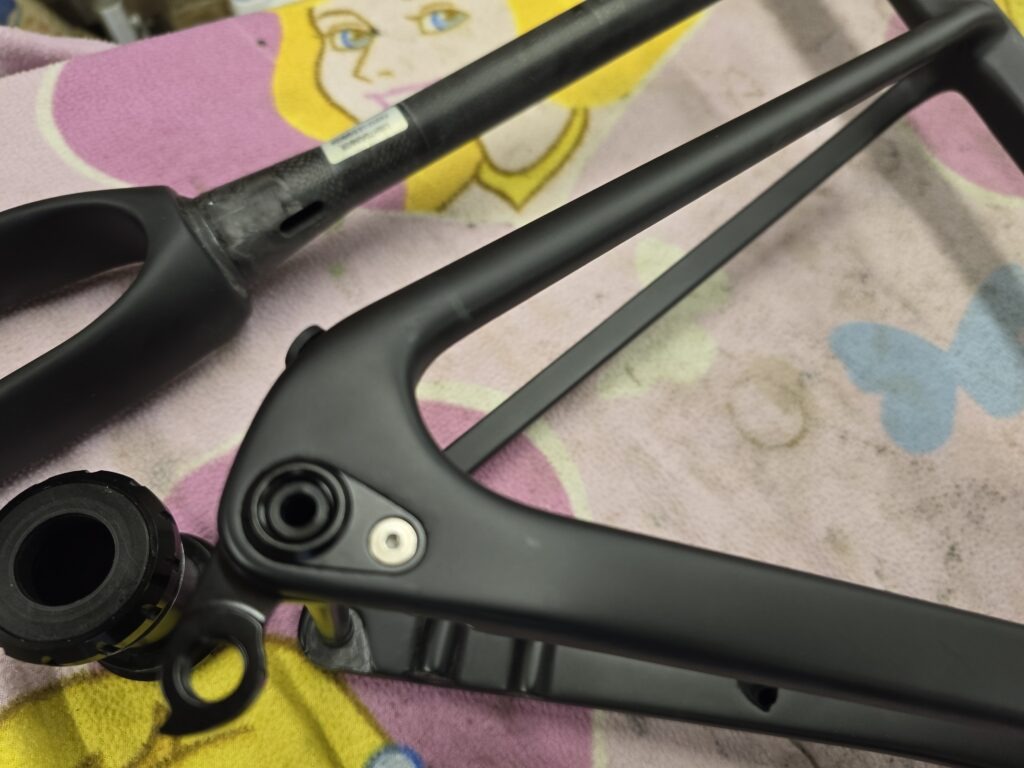
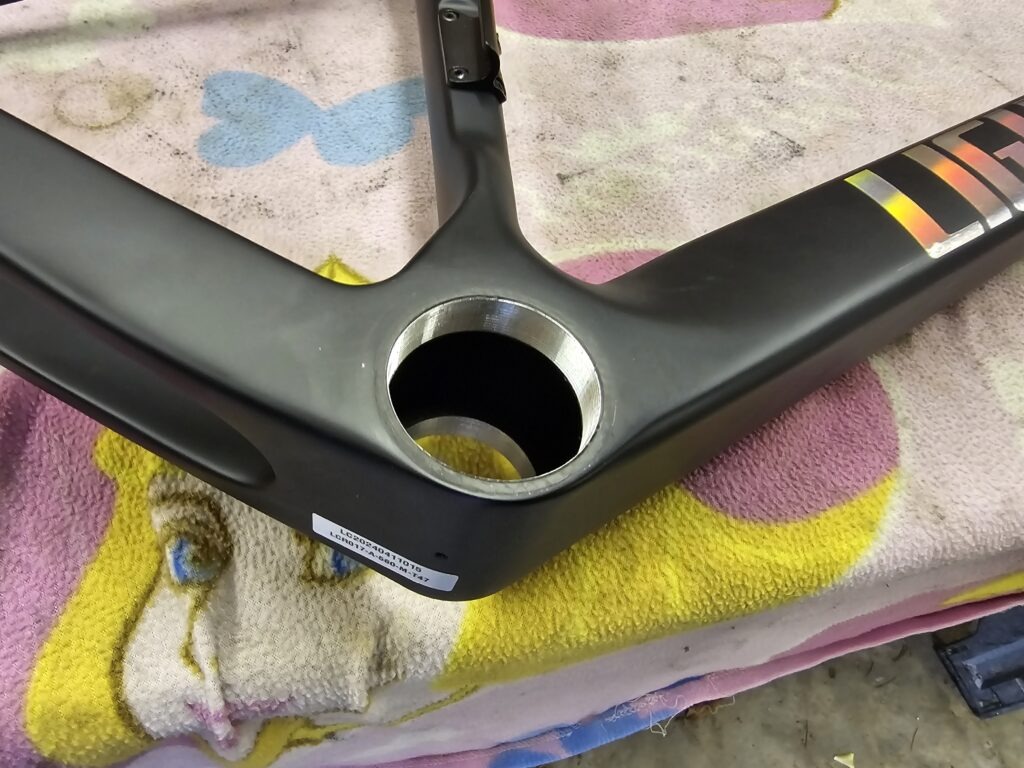
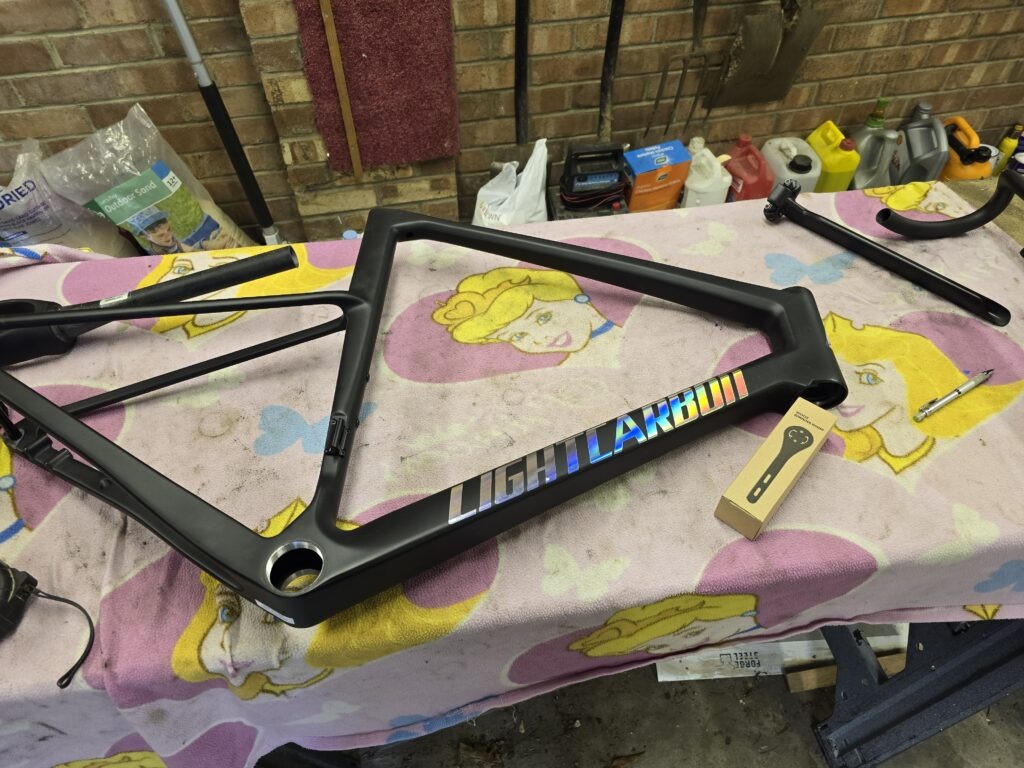



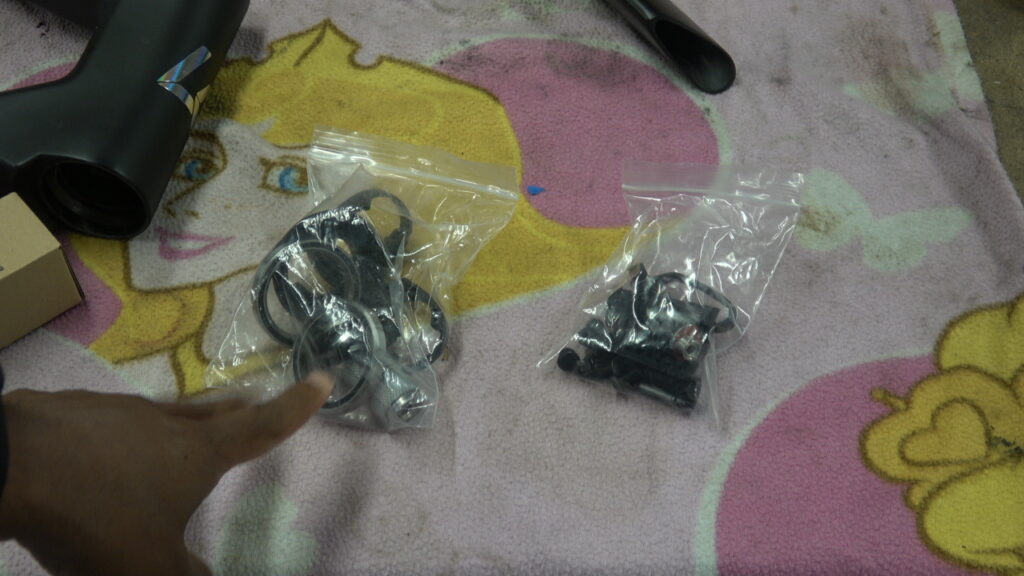
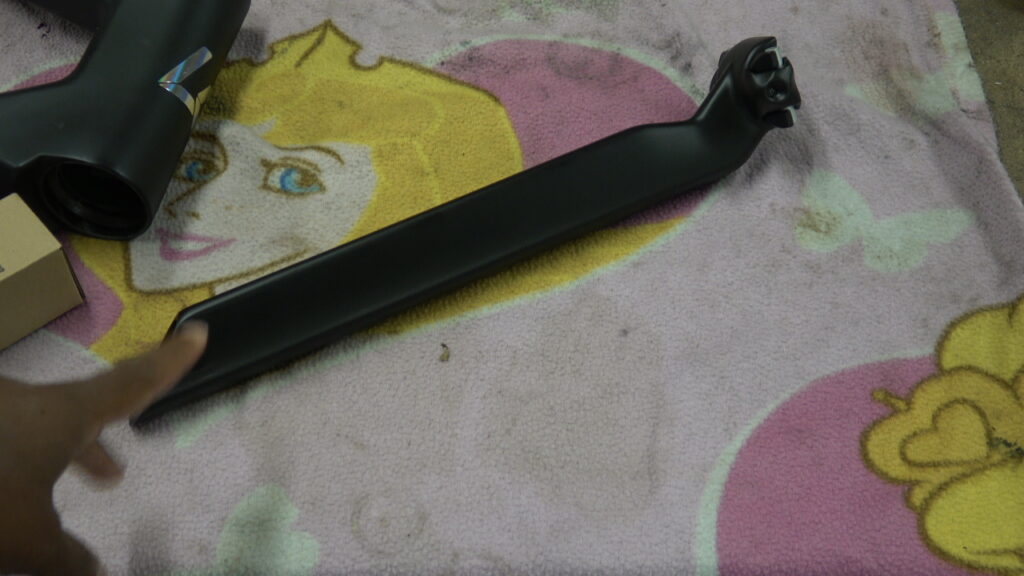


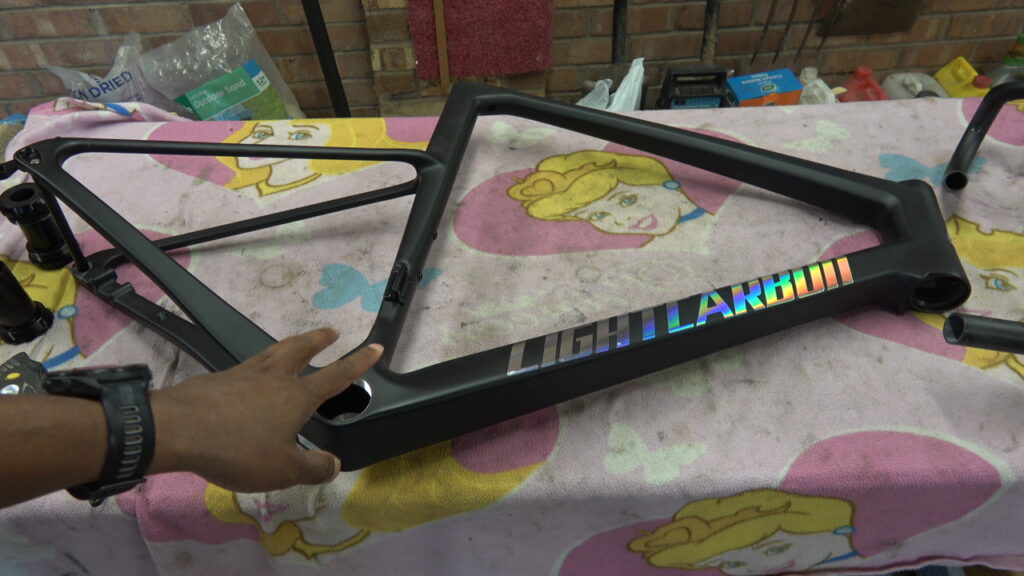
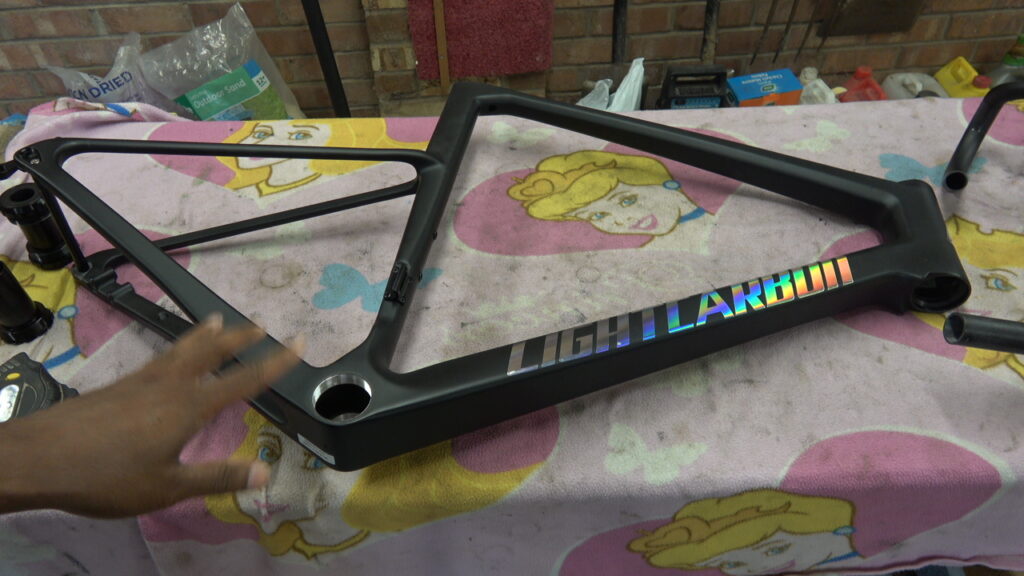
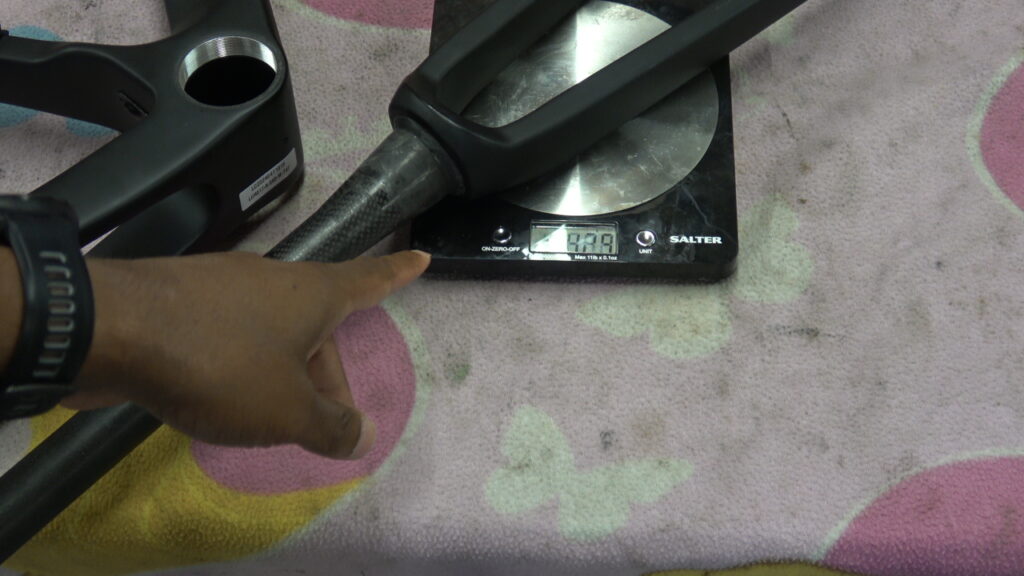

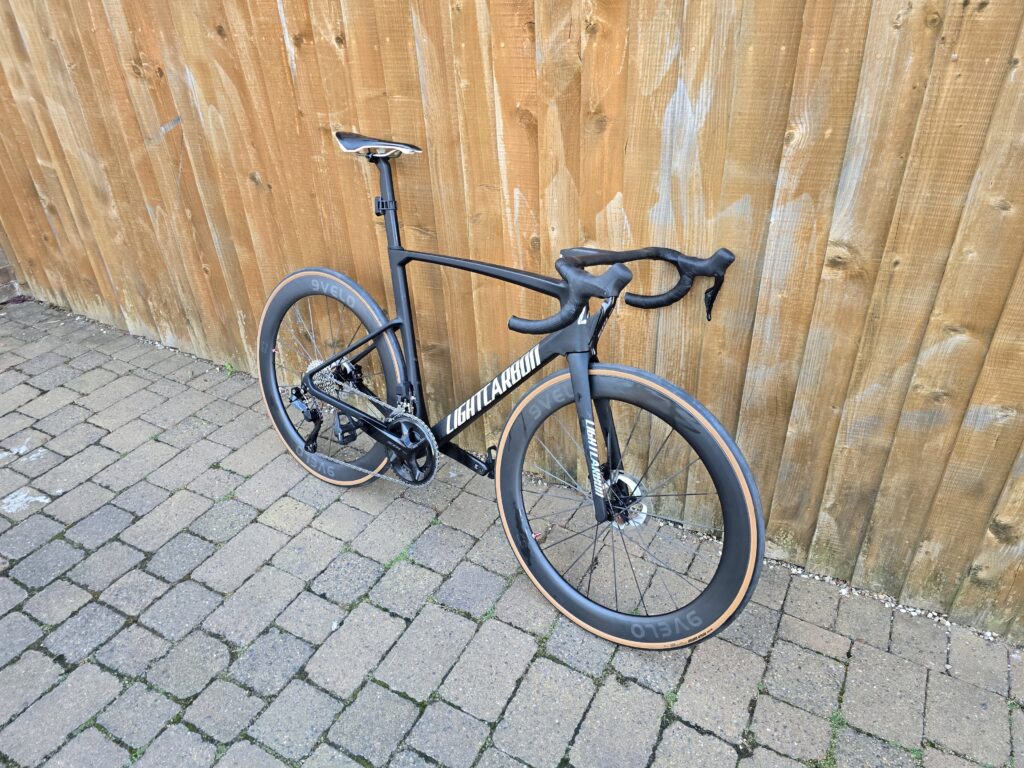
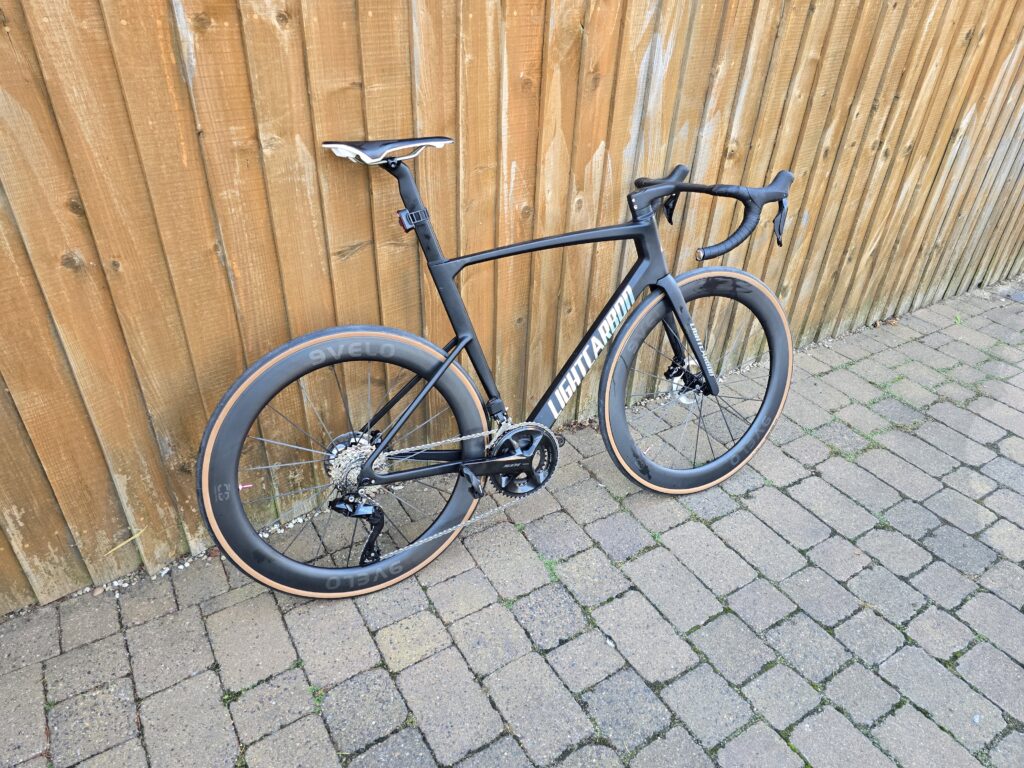
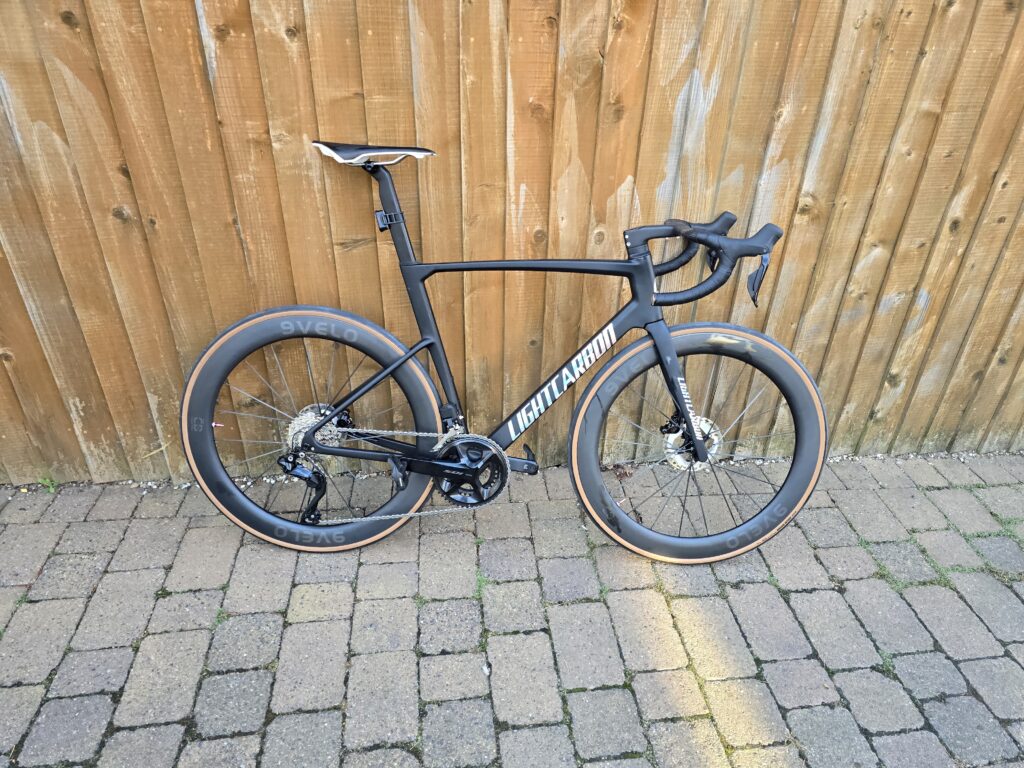
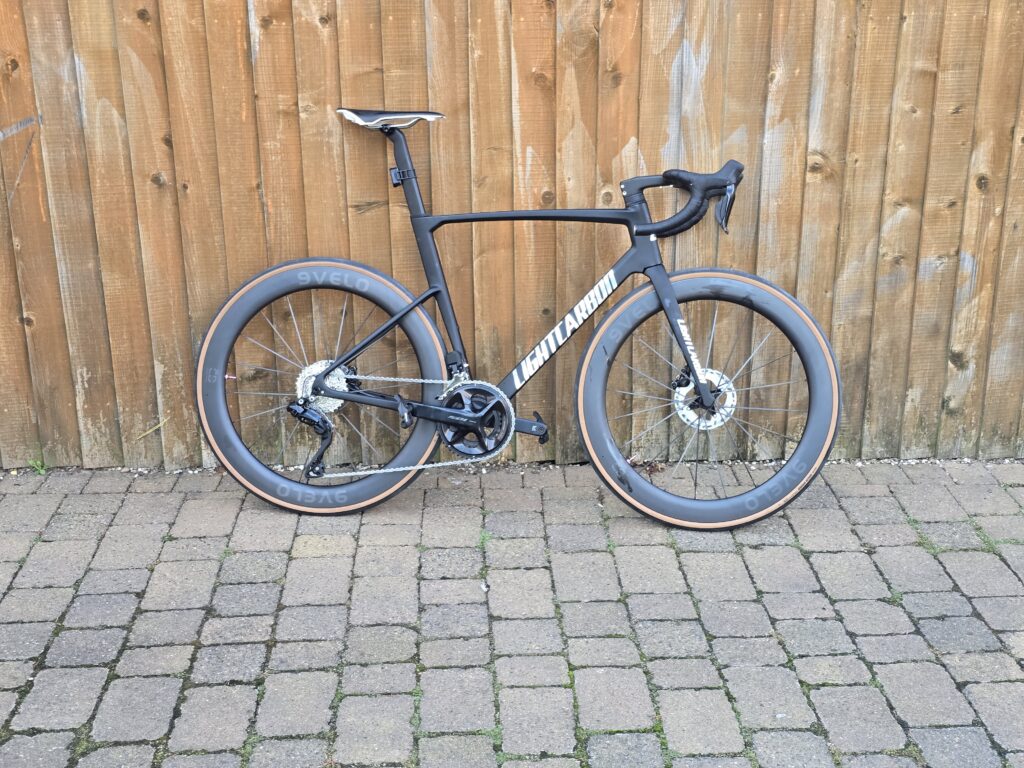
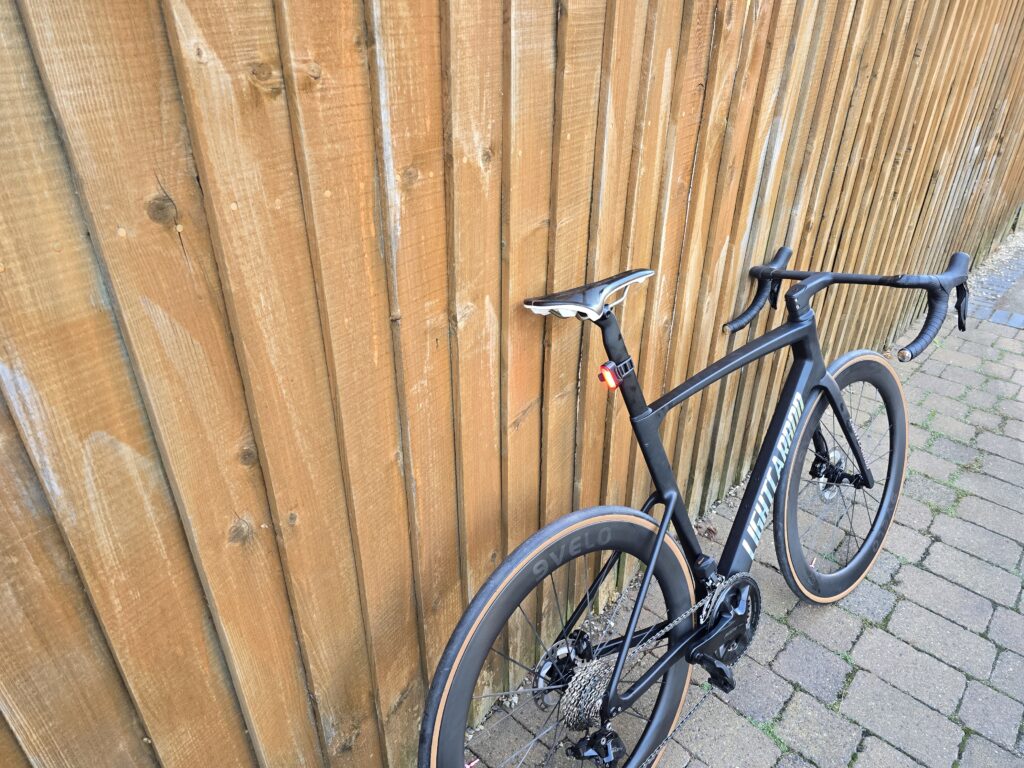

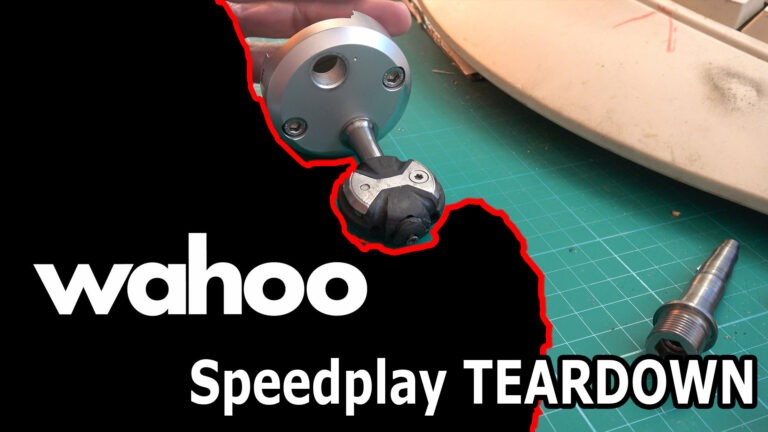
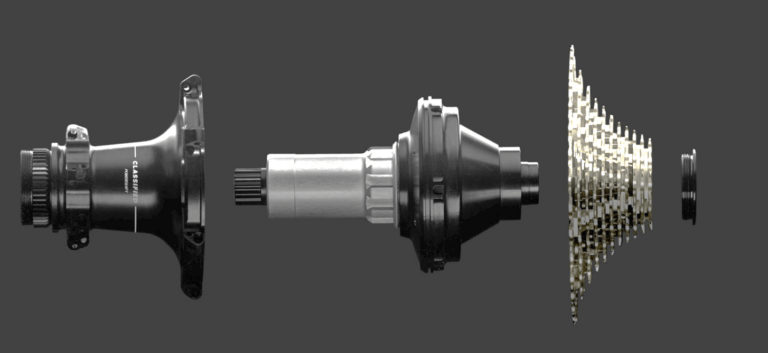


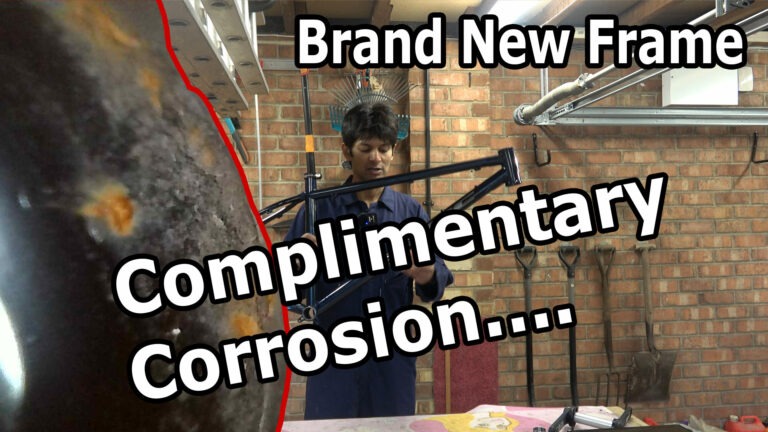
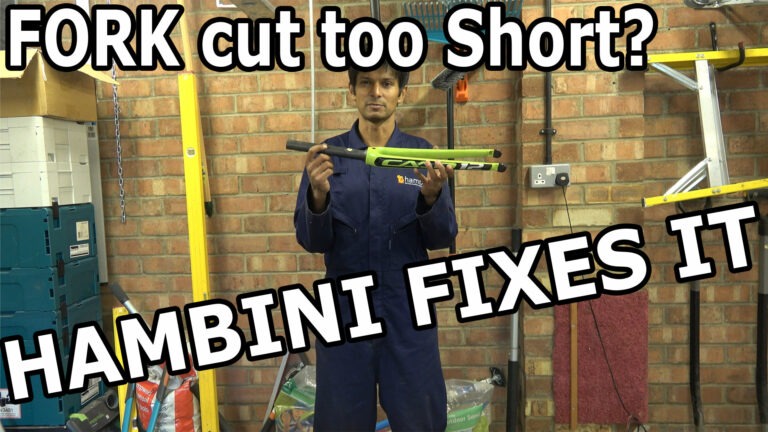
Amazing article and great to see how decent OEM manufacturers can provide great value without raping end customers. Can you please post links to where you bought the various components and how much you paid for them as well as the overall cost of the build?
I am mainly interested in the BB. Is this a commercial one or one of your own BB?
Would you say this is a race or endurance geometry?
Thank you for your time and the invaluable content and insight!!!
Velo wheels are the nuts by the way!
HI, The BB is my own. if you email me, I can give you the contact details. I’m refraining from publishing them as they may end up getting spammed.
Hello Hambini,
Thank you for the great article. May I ask what size you chose for your figure and if I can ask for the direct contact of the seller, thank you very much.
Really appreciate the detail you have gone into with this review , so much so that I am going to get one .
Can you share the salespersons details with me so that I can contact them directly .
Thank you .
Same – I’m in the market for a new bike and have been considering Winspace and Yoeleo previously because of the reputations for quality. If I can get the same or better quality from Light Carbon, that’s my preference.
I’ve emailed it to you
I’ve emailed it to you.
Very nice review.
It looks like the frame uses a UDH derailleur hanger, is that correct?
Can you send me the details?
Thanks very much.
I appreciate and respect your knowledge and straightforward delivery of information, I am seriously considering buying from these guys, do you know anything about their trail bikes?
Please can you tell me the model no. of the Lightcarbon handlebar that came with the frame? Cheers
IT was just called HBR. I would try emailing them.
Would love to know what size yours is. I am between sizes and the amount of seatpost exposed on yours is pretty ideal.
It’s a 56cm
Hi, I am from Mexico and I don´t know if something was lost in the translation. Your frame was ordered to be built with the highest quality?, does that mean that If I order one from them, I need to order it like that, or otherwise I will receive a less quality frame?
Ask for a z3
Hey Hambini. I have a lightcarbon road frame (not this specific one) and have been quite impressed with it myself. Especially given the ability to get a fully custom paintjob at a reasonable price, as well as getting it without decals, as i prefer a clean aesthetic. I’ve been impressed all around. Are you able to provide the contact details as I’m wanting to get a gravel frame from them.
I Really appreciate the detail you have gone into with this video review on bike frame , so much so that I excited am going to get one . Is the an endurance bike or road racing bike. A rim bike or disc bike?
Can you share the salespersons details with me so that I can contact them directly .
Thank you .
How do you consider the aerodynamic qualities of the frame set. Obviously it takes inspiration from the Cannondale design but it’s hard to eyeball the downtown shaping via jpeg.
Hello Hambini,
Looks good, what was the overall weight of the fully built bike and in what size, if I might ask?
I’m in the market for a new frameset, appreciate your work an rely on your opinion.
Can you share the salespersons details with me so that I can contact them directly .
Thank you .
They’ve asked me not to display this publicly, so I’ve sent you an email.
Nice, what size did you buy and how much does the complete bike weight?
The fully loaded bike with lights, pedals, Garmin and everything was 8.2kg
Does the box shaped downtube significantly affect aero performance negatively? How would its aero performance compare to something like a giant TCR or winspace slc 2.0
Not really, I saw this comment repeated multiple times. It’s not horrendously wide. It does make the stiffness much higher.
Hi, really good analysis. In your opinion, a high-level user could feel differences in the performance of this frame compared a top level frame like specialized tarmac or scott, ect?
Hej,
I am considering road wheels from LigthCarbon. Do you have any comments or experience?
/Per
Could you please send me the salesman’s contact info? Thanks very much in advance.
Excellent review. Do the frames come in various colours? Who did you deal with at Lightcarbon?
Cassie or Wendy
Hambini.
I am struggling to get a bottom bracket tool for the T47 BB supplied by Lightcarbon. Thought you may be able to give me a steer or supply one.
I purchased their gravel bike LCG071-pro with their own BB however I cannot for the life of me find a tool with the correct measurements to fit their BB. (46mm inside and 48mm outside 16 tooth) My vernier digital reading is buggered so readings are from the slide rule.
use a pair of stilsons or mole grips.
Hello Hambini,
The website says that the max tire clearance is 32mm, do you think a 34mm rim could fit with a 30 or 32mil tire on this frame?
Thanks a lot,
Love your work,
Quentin